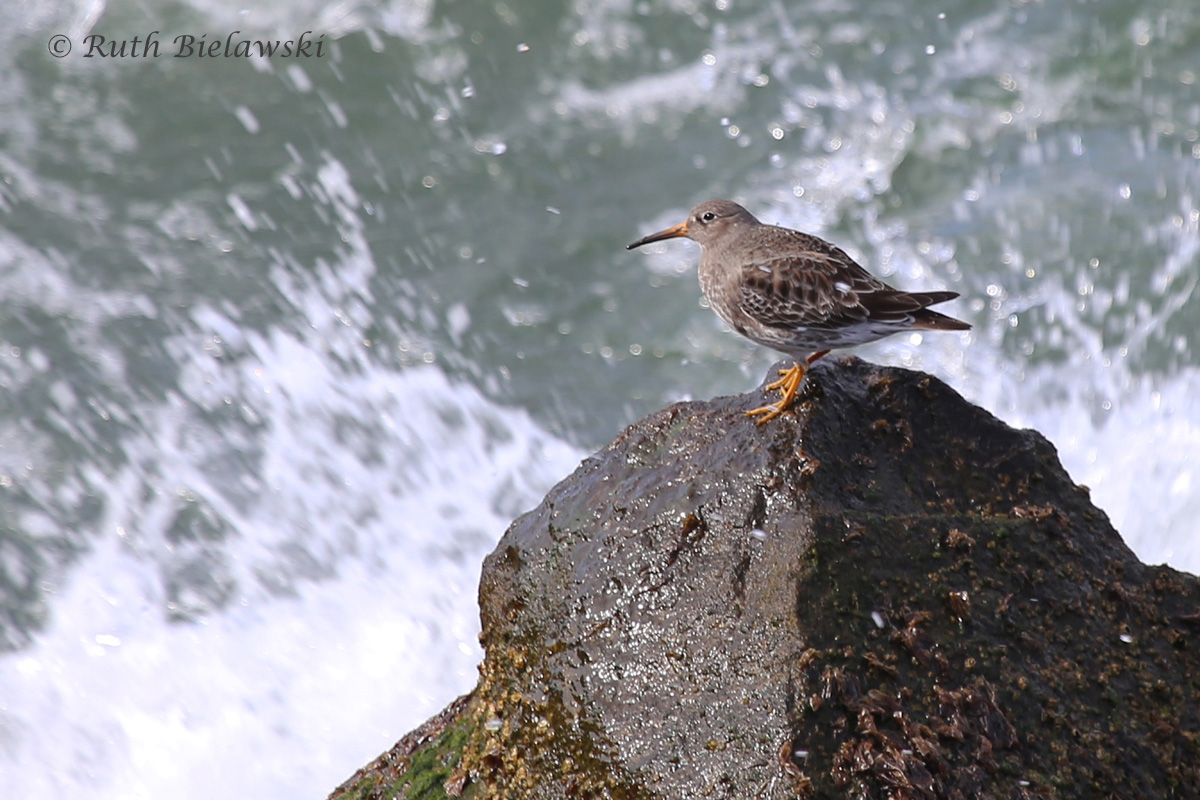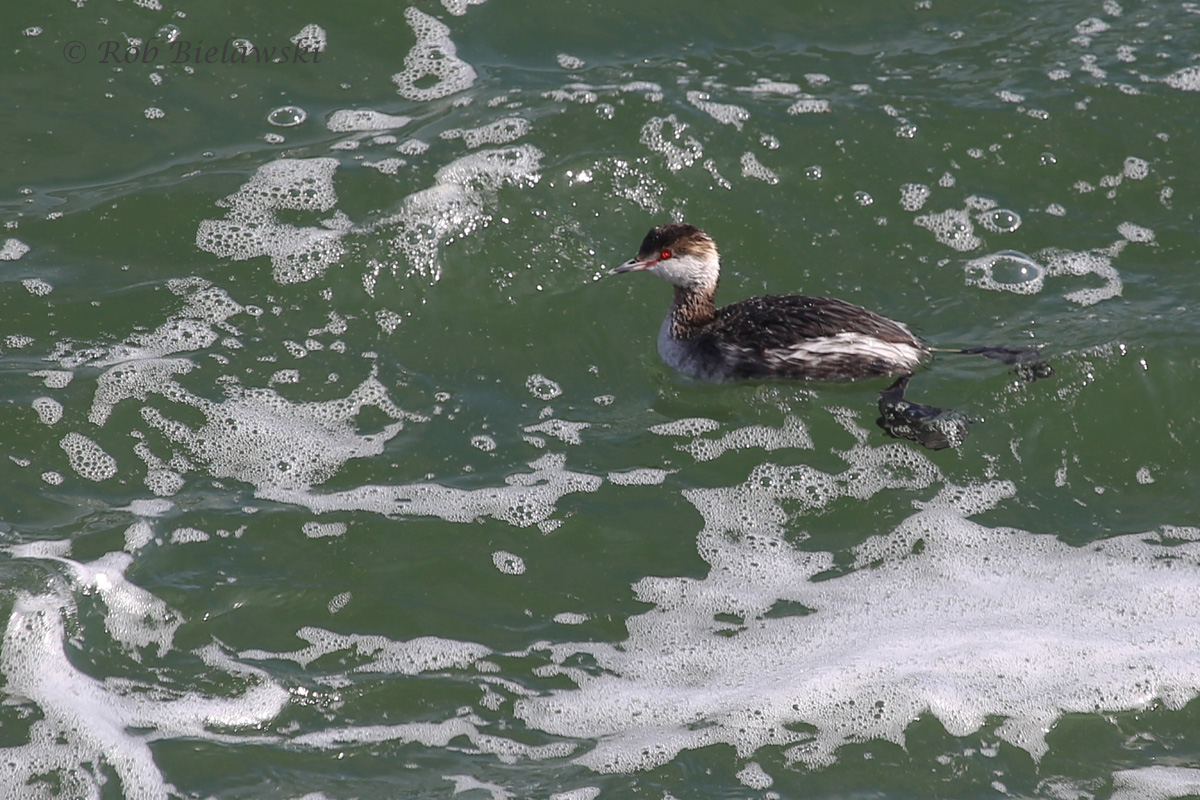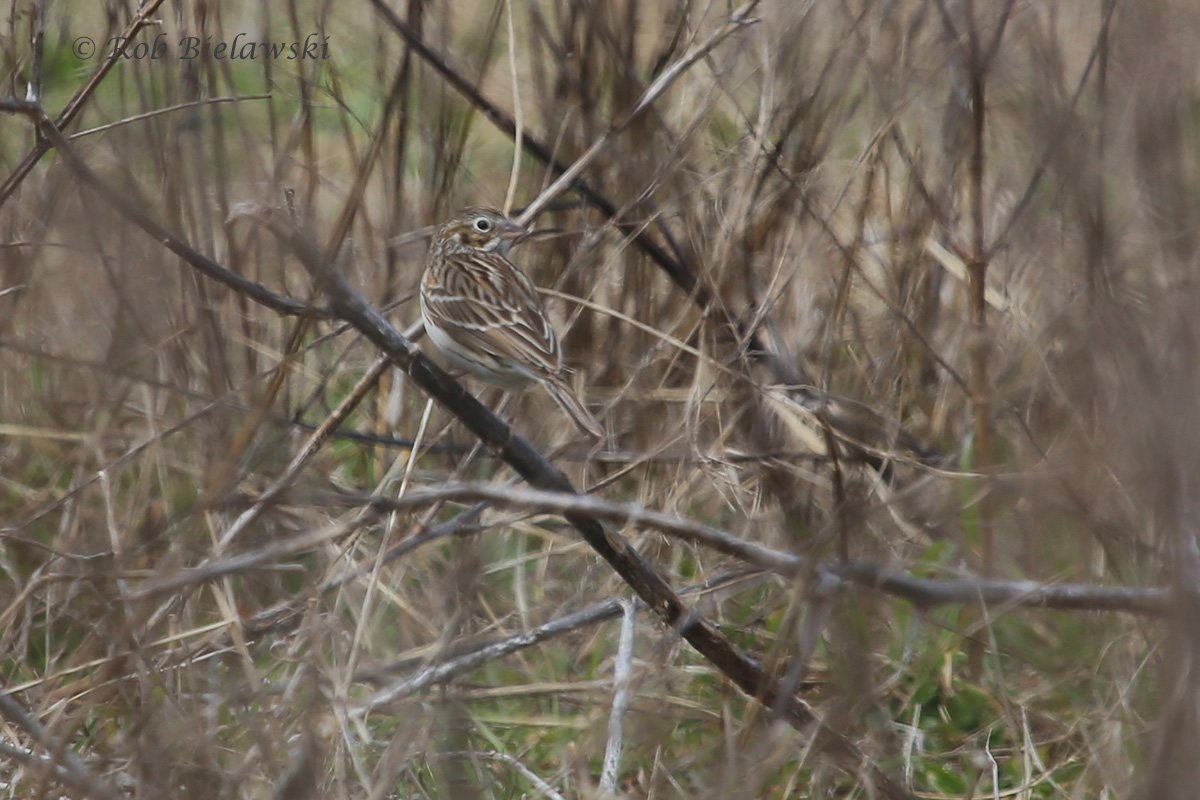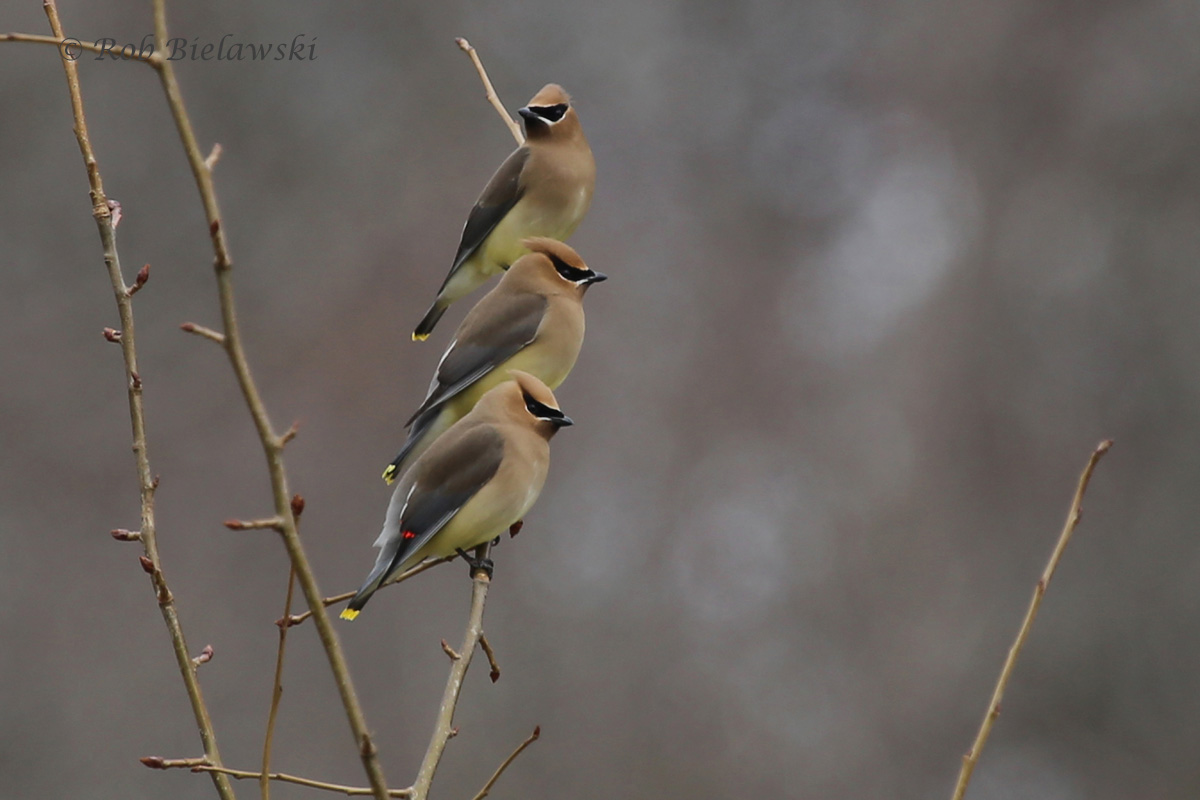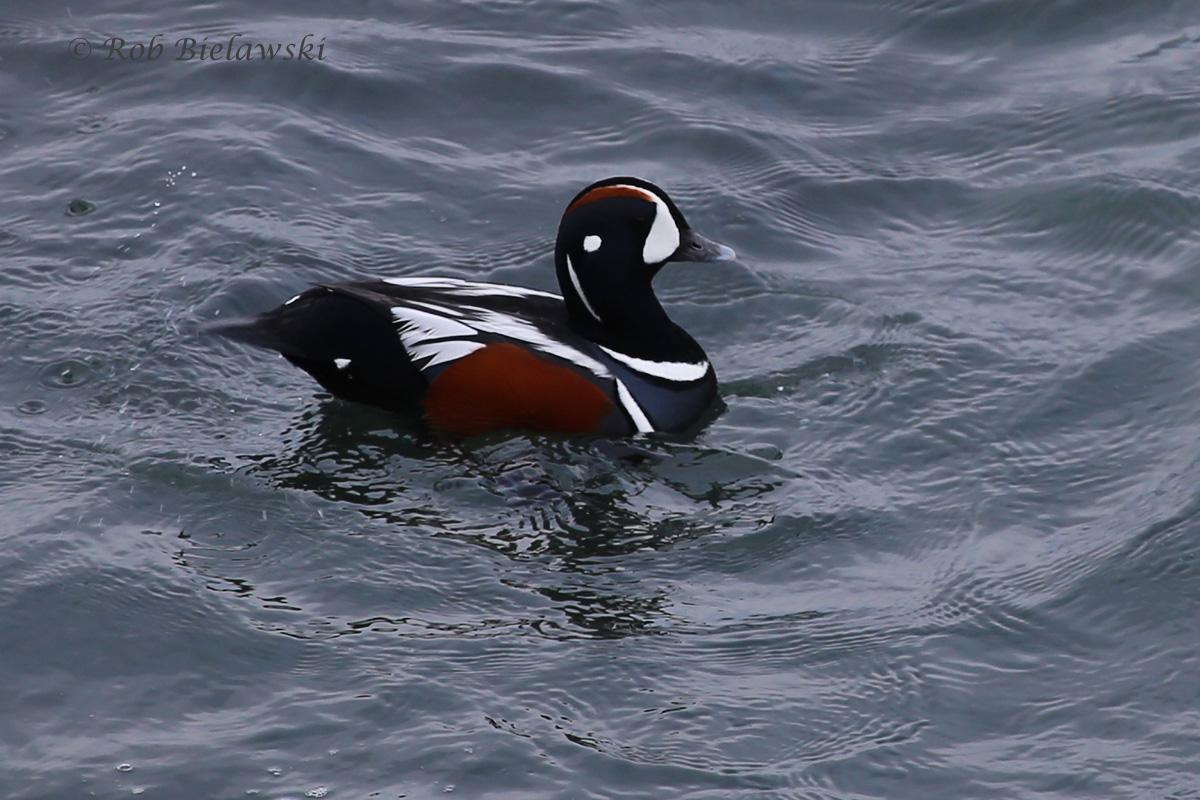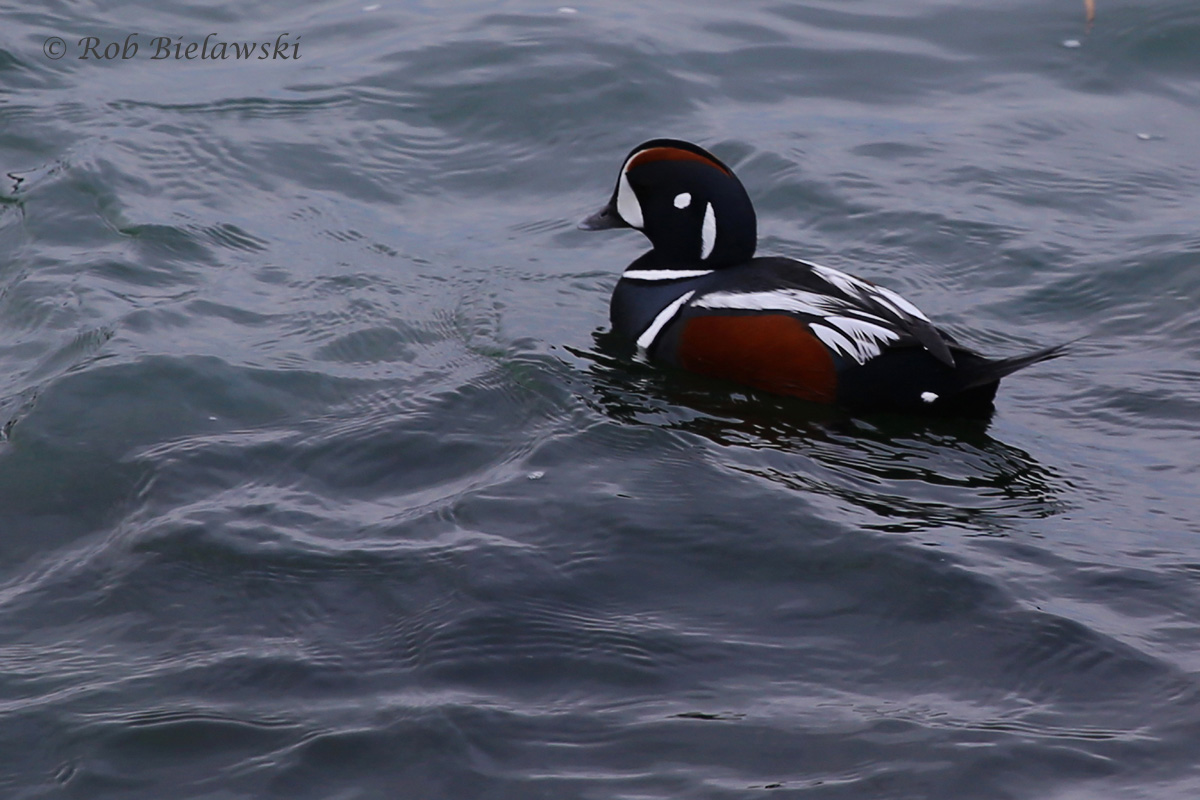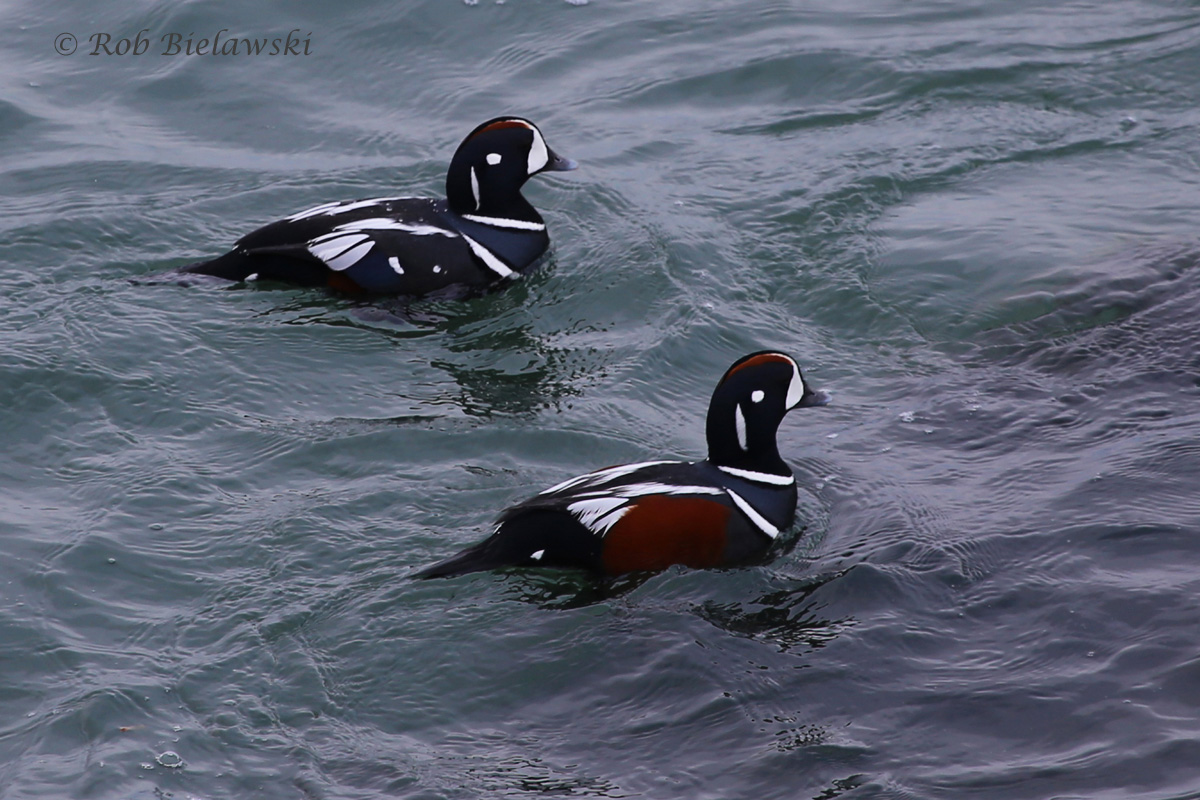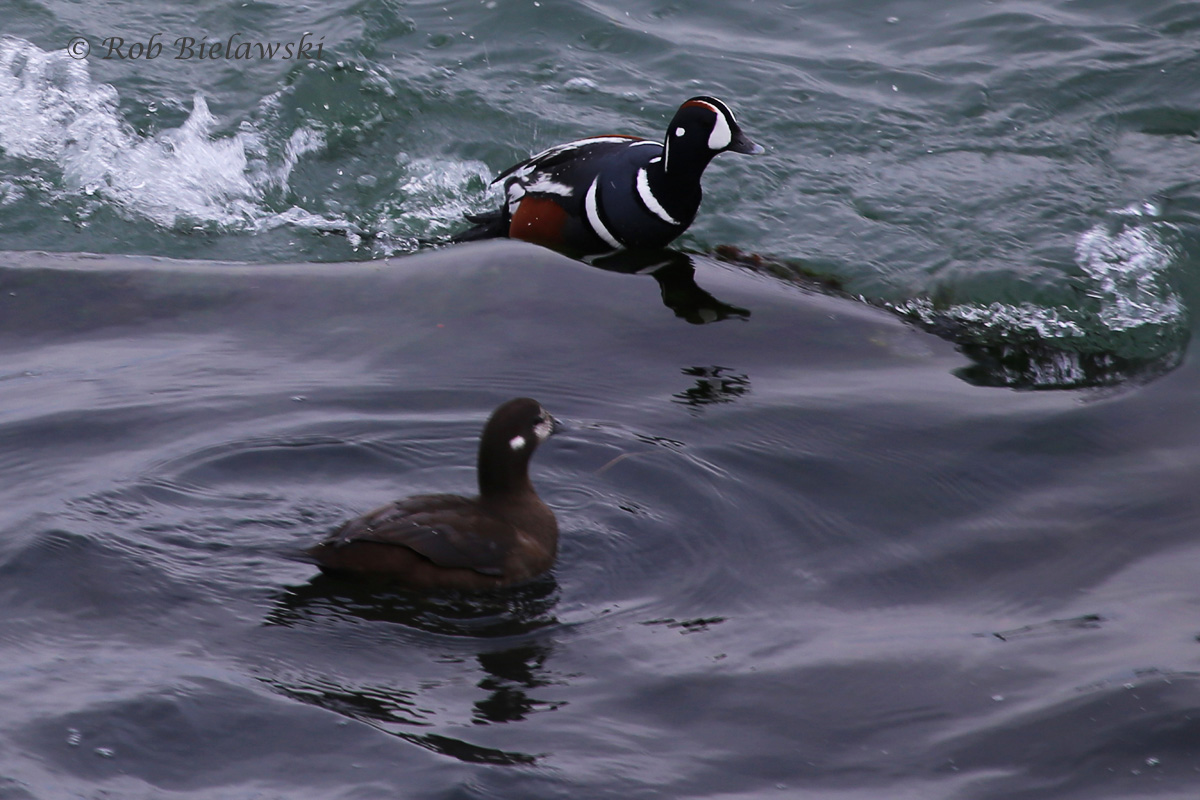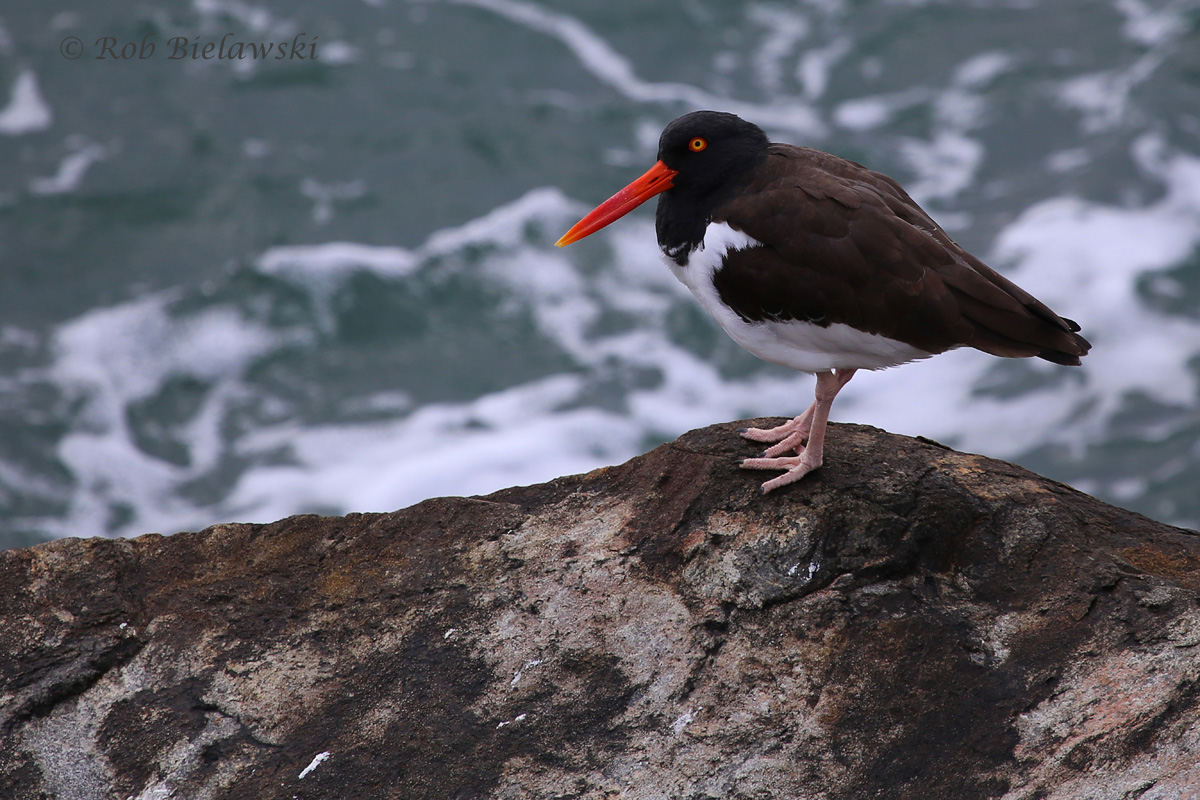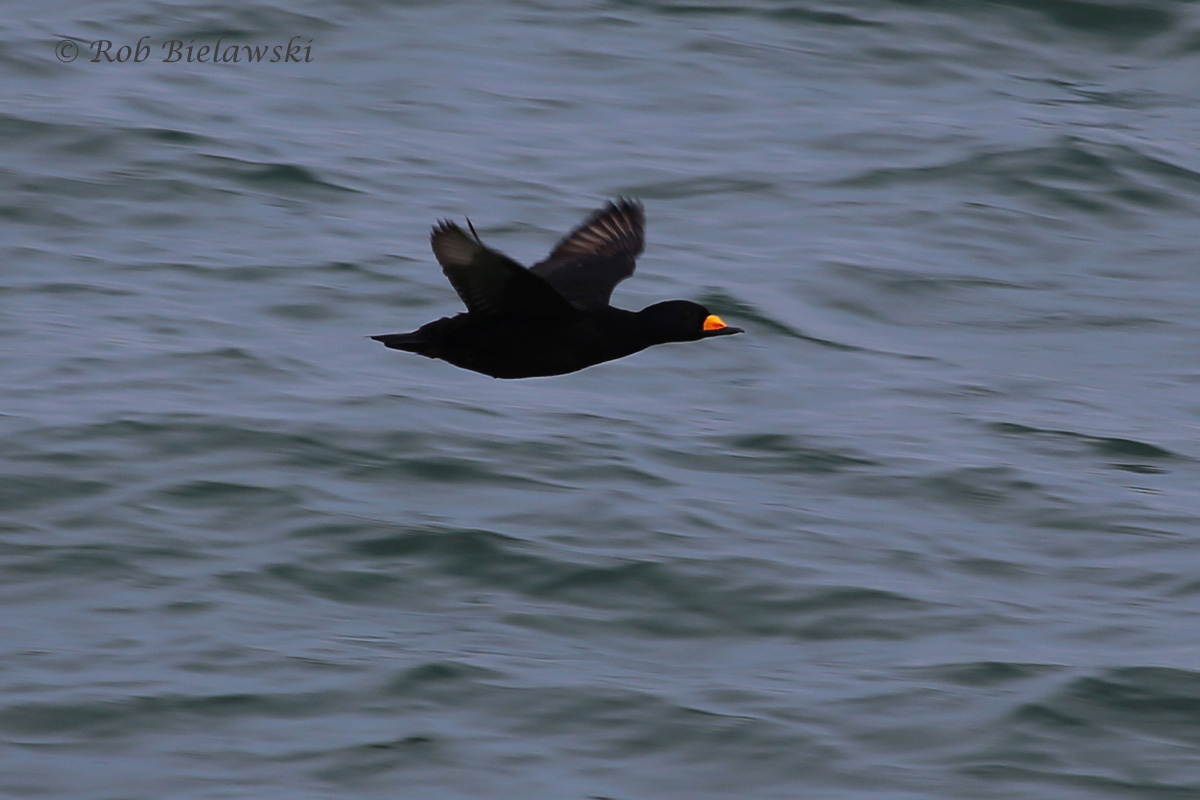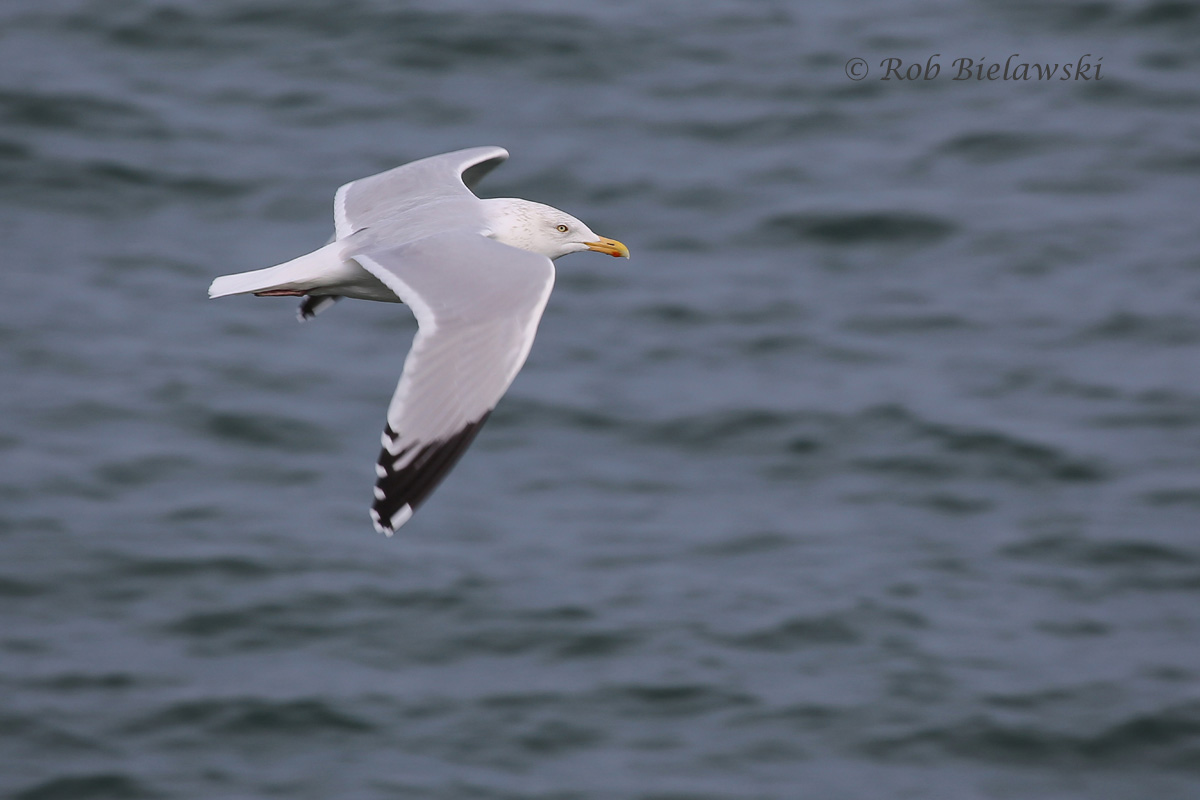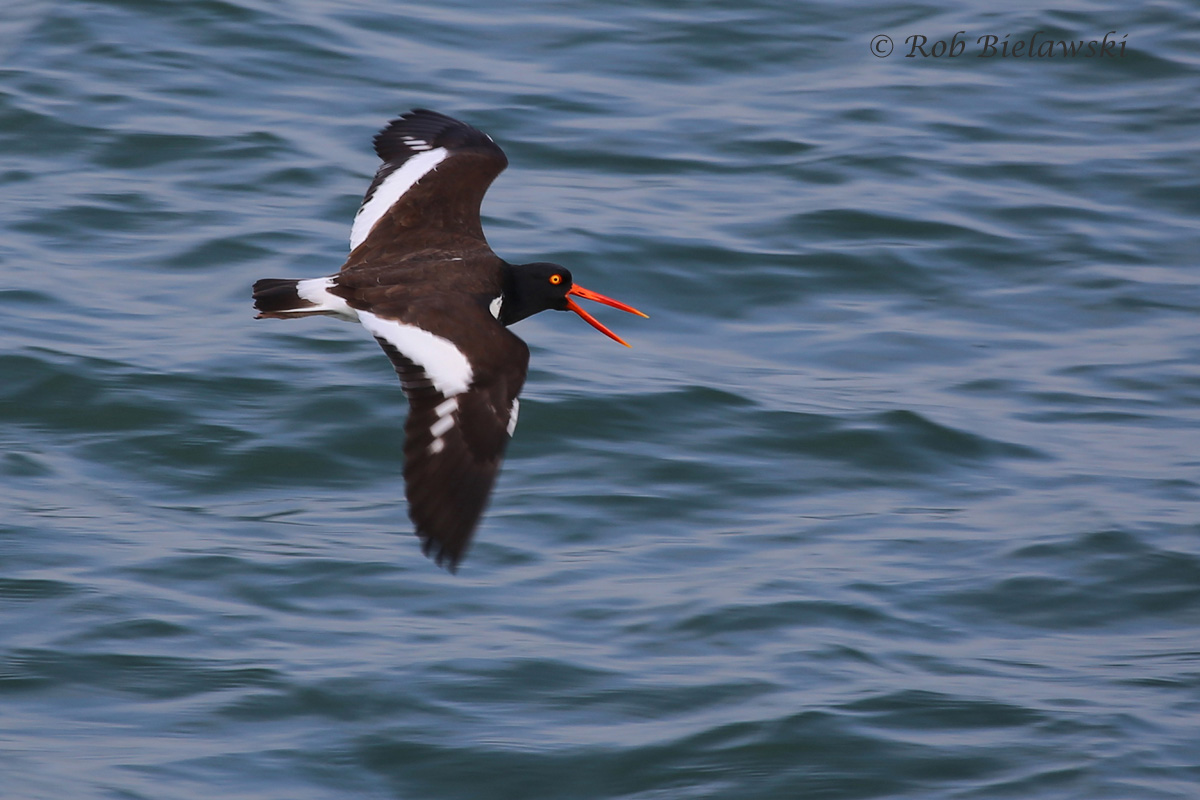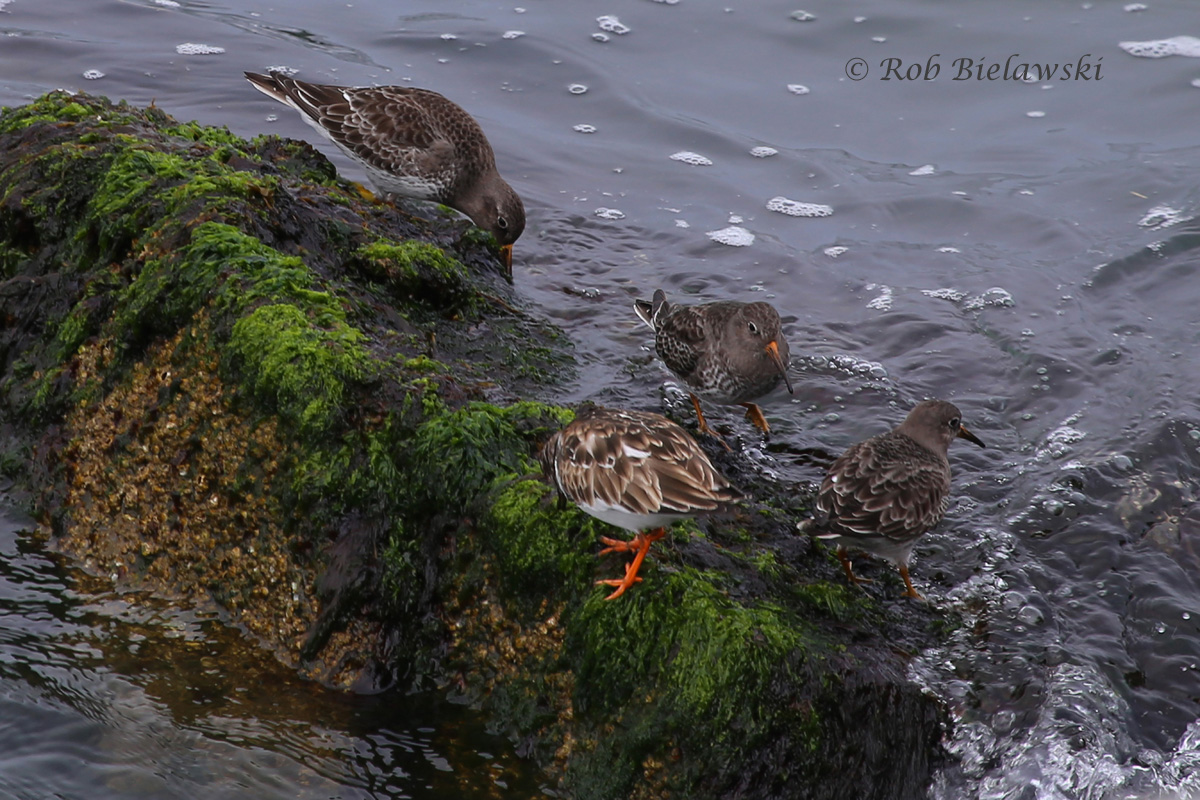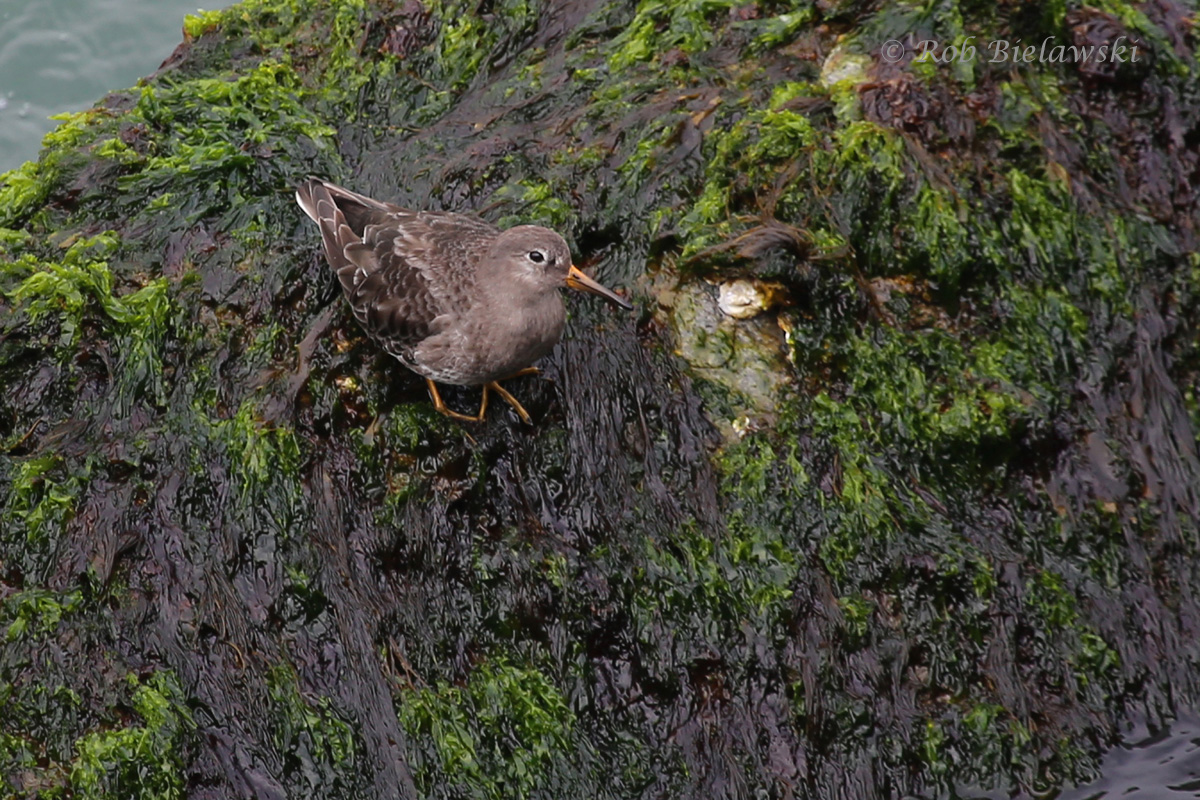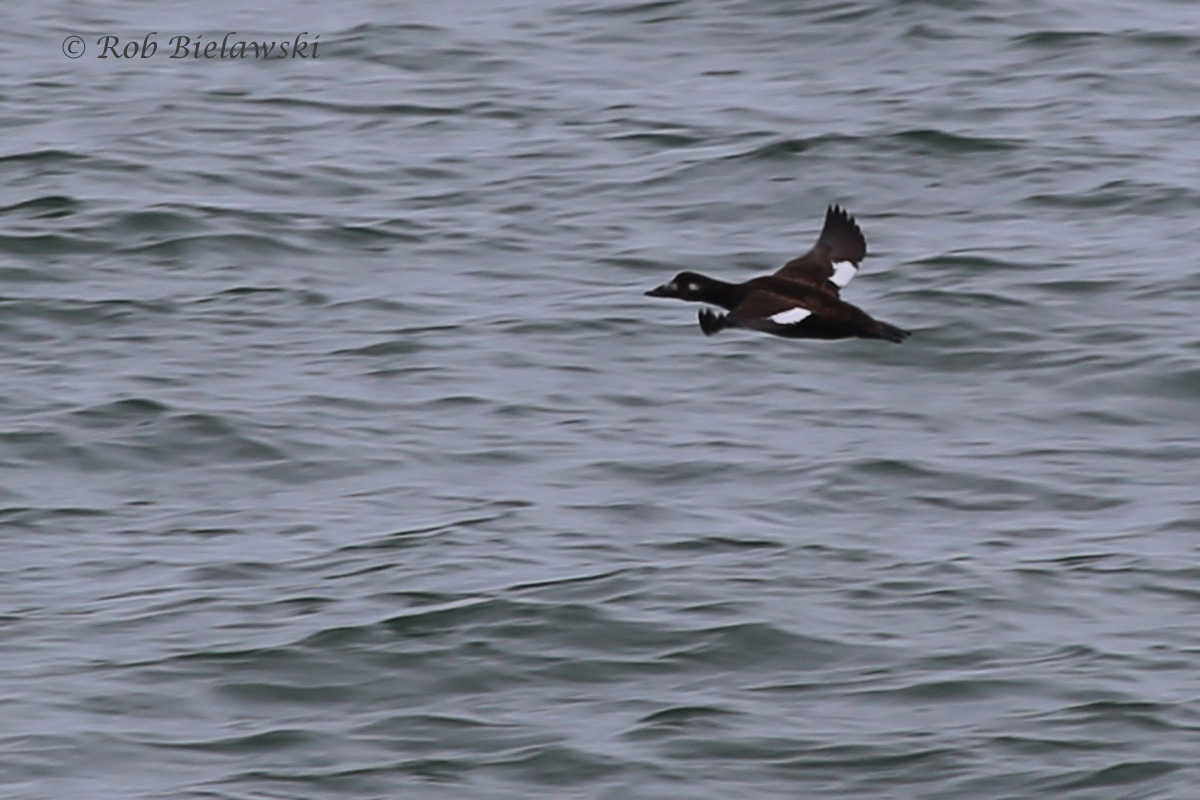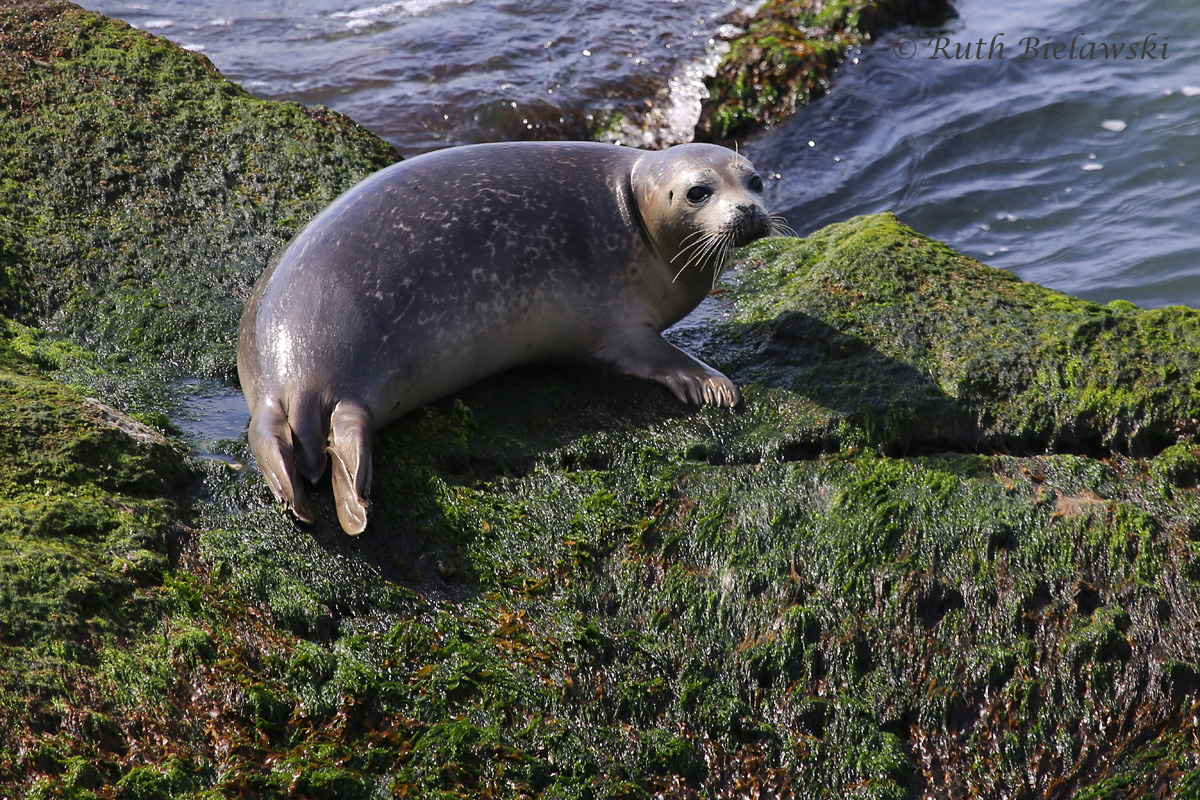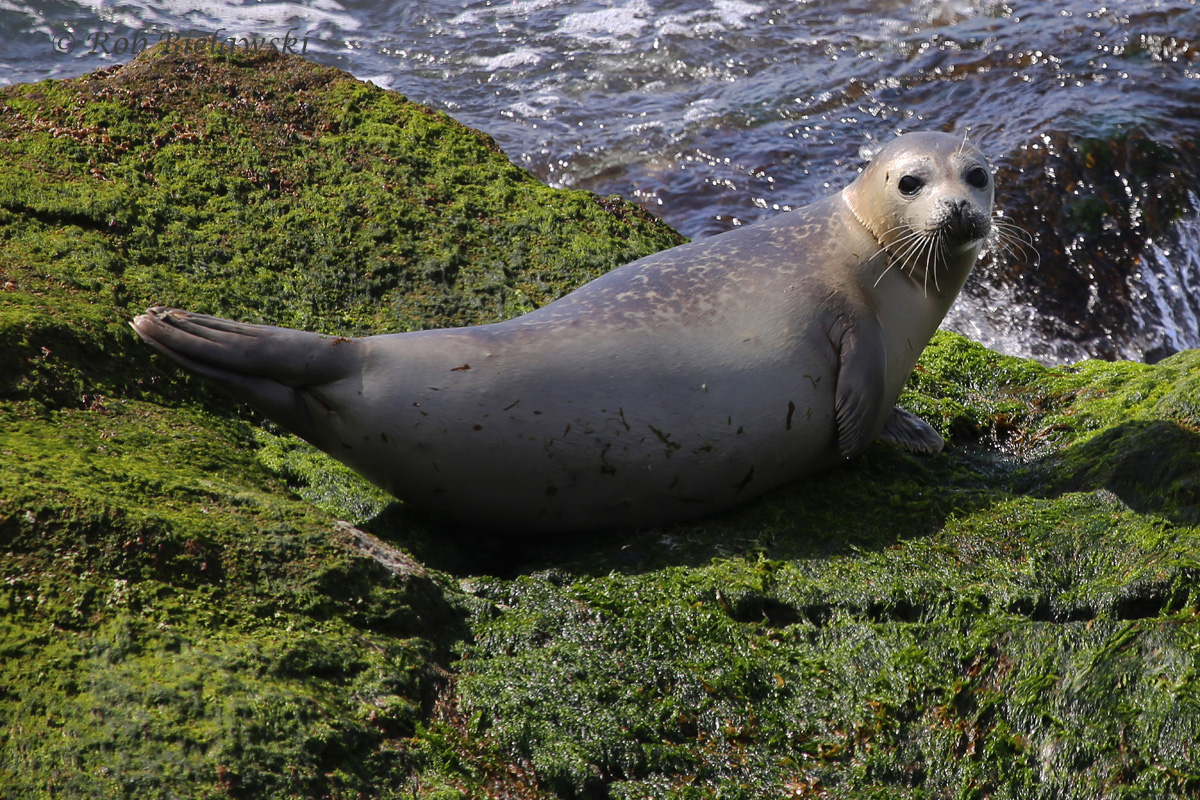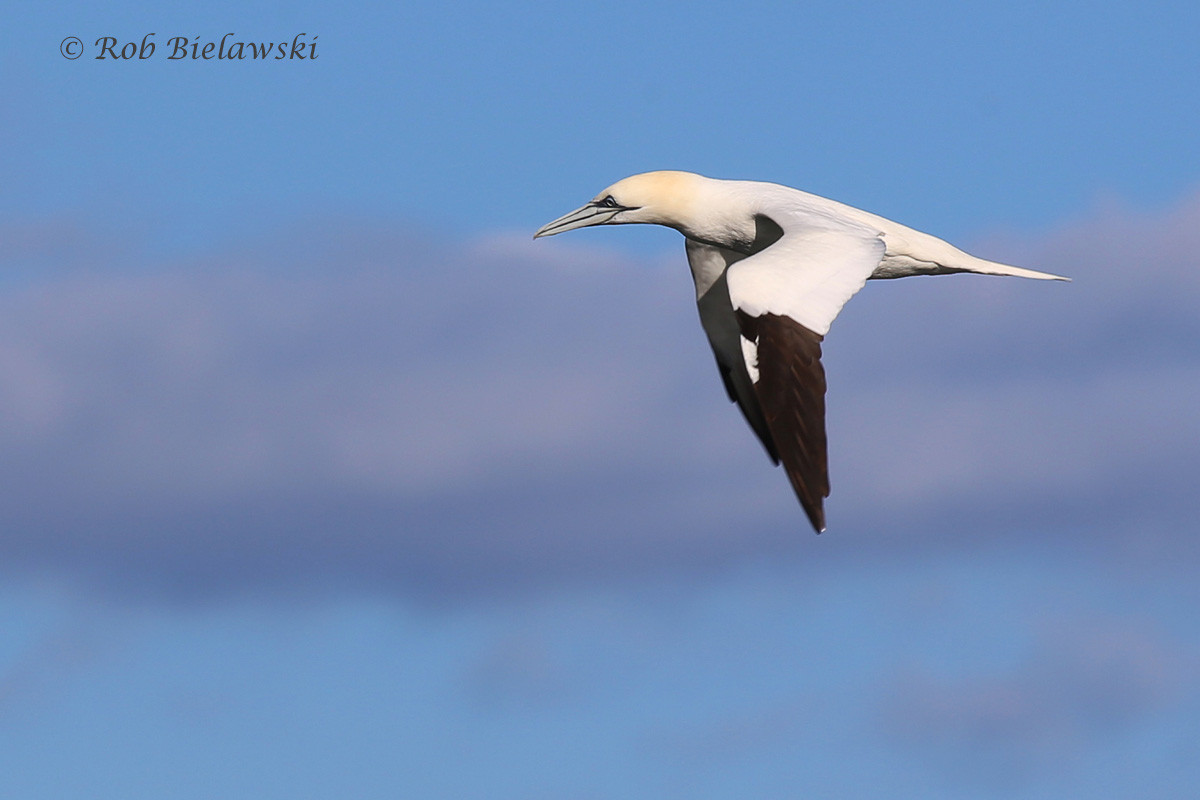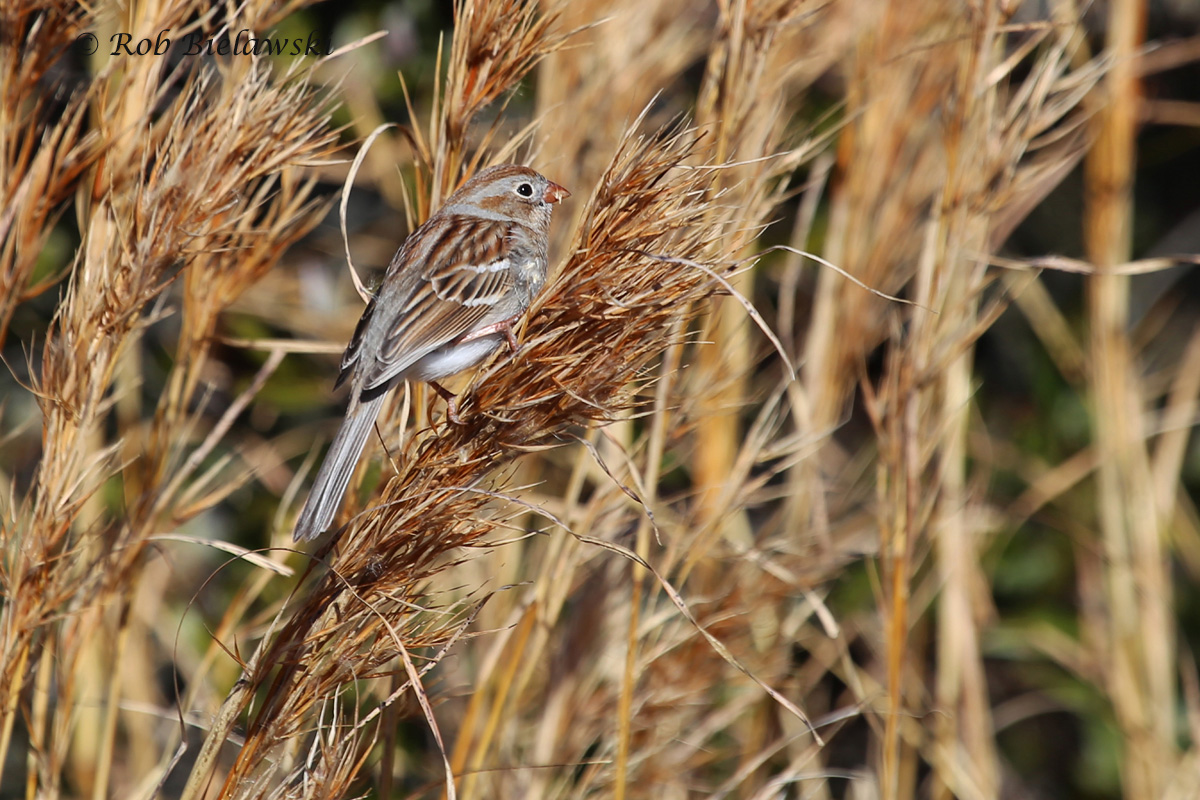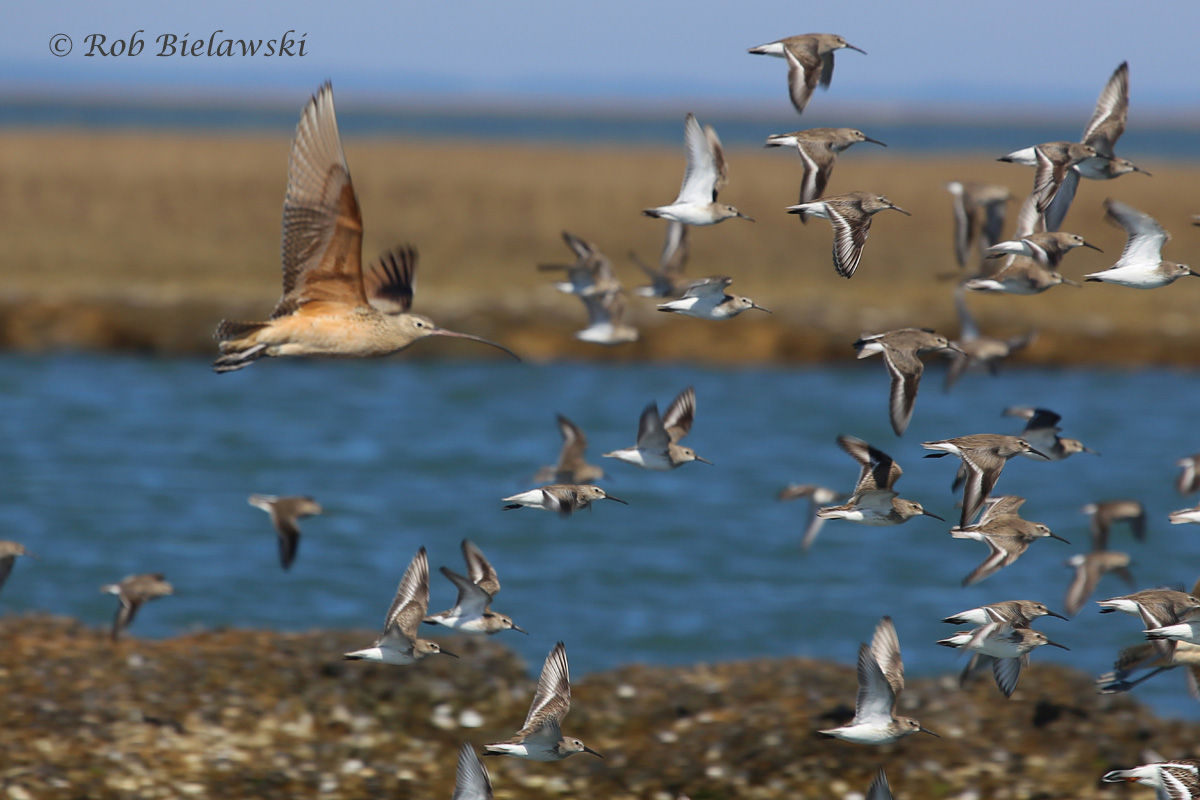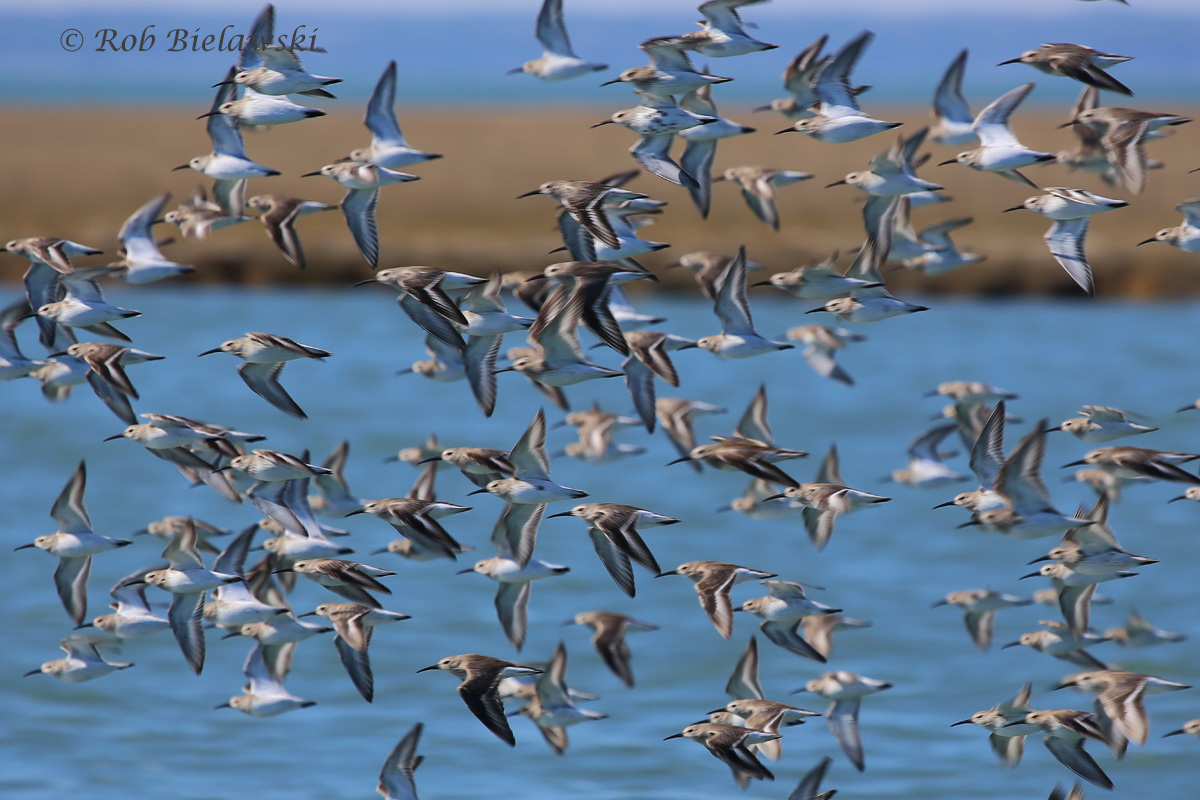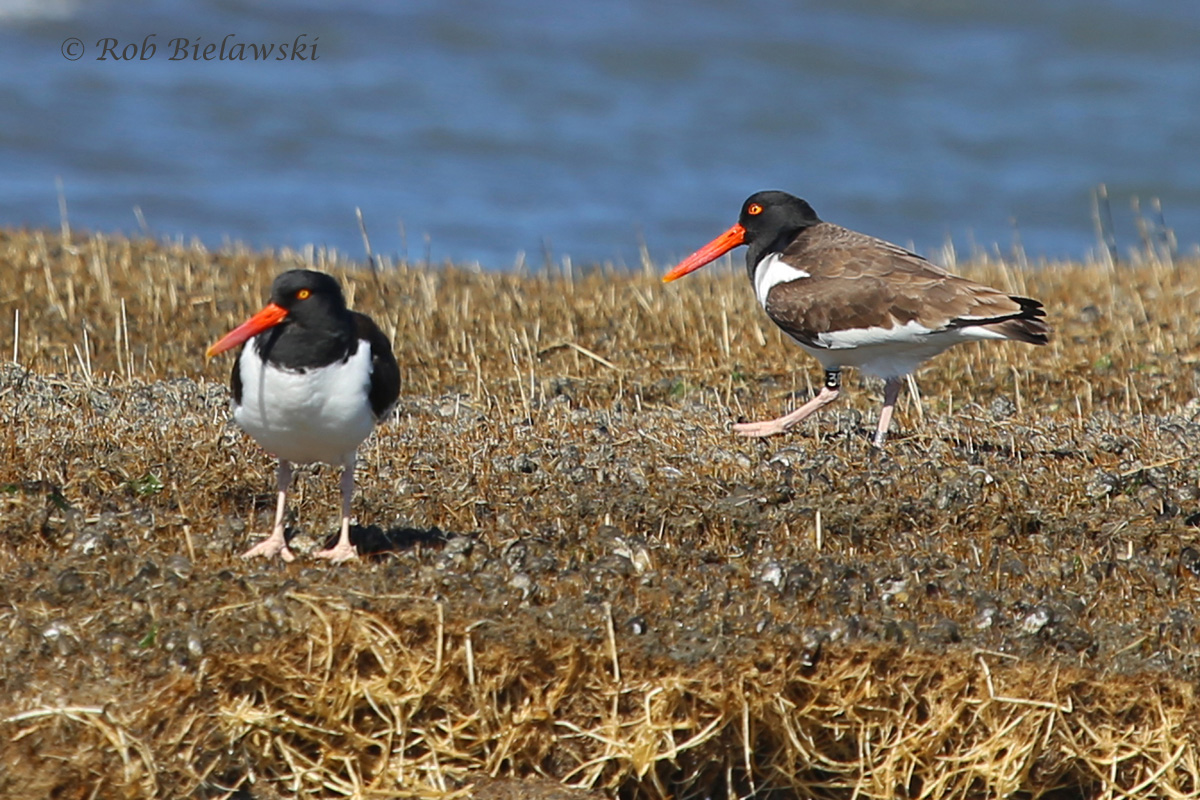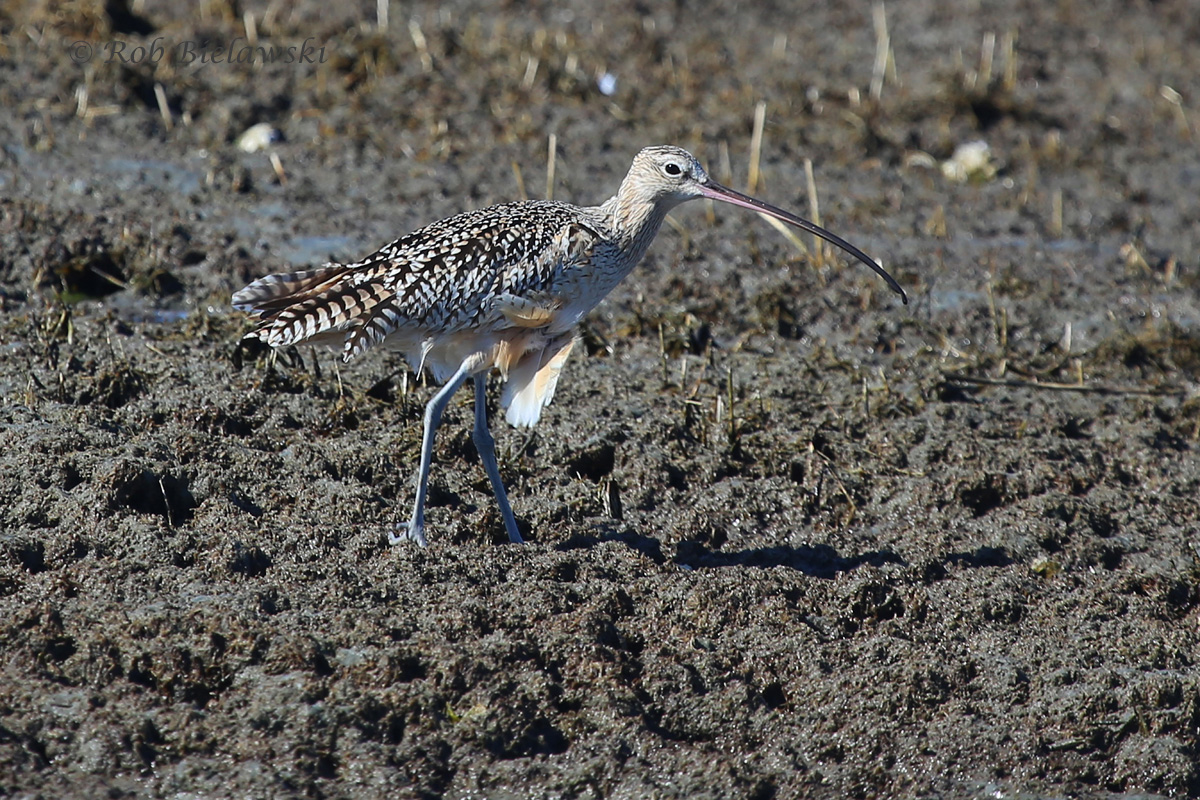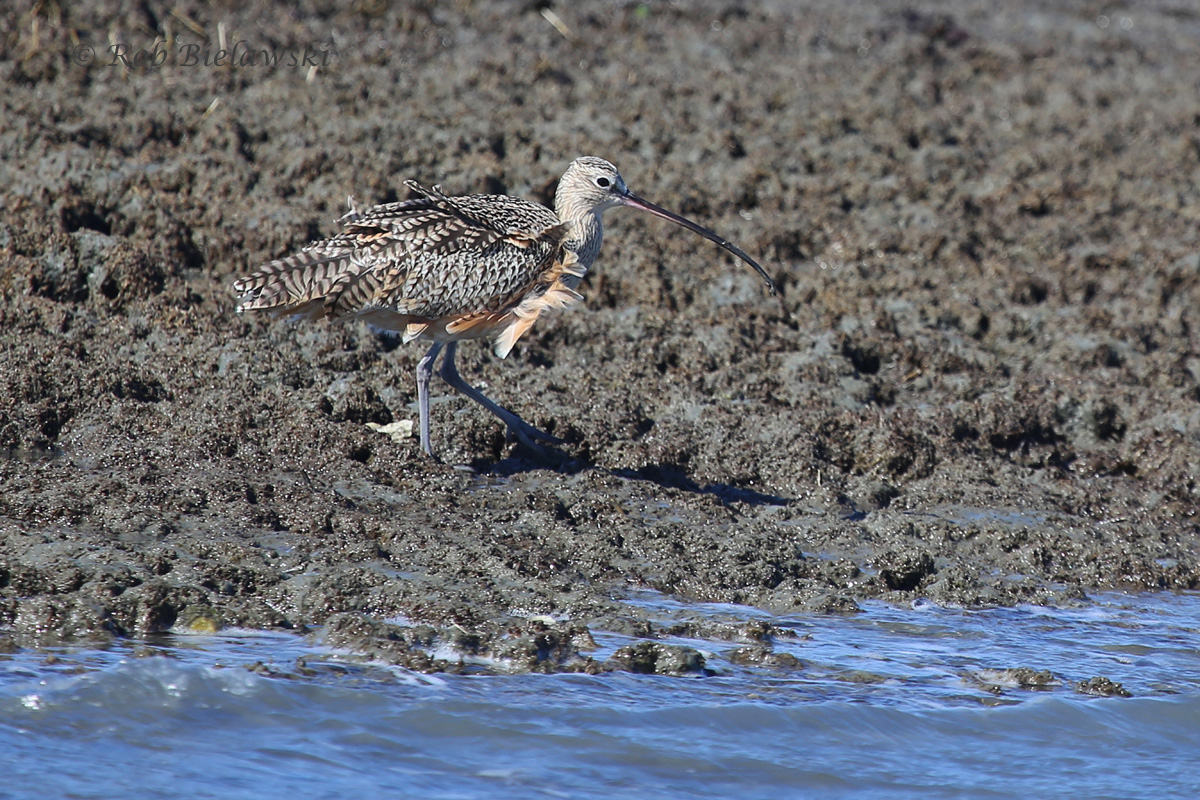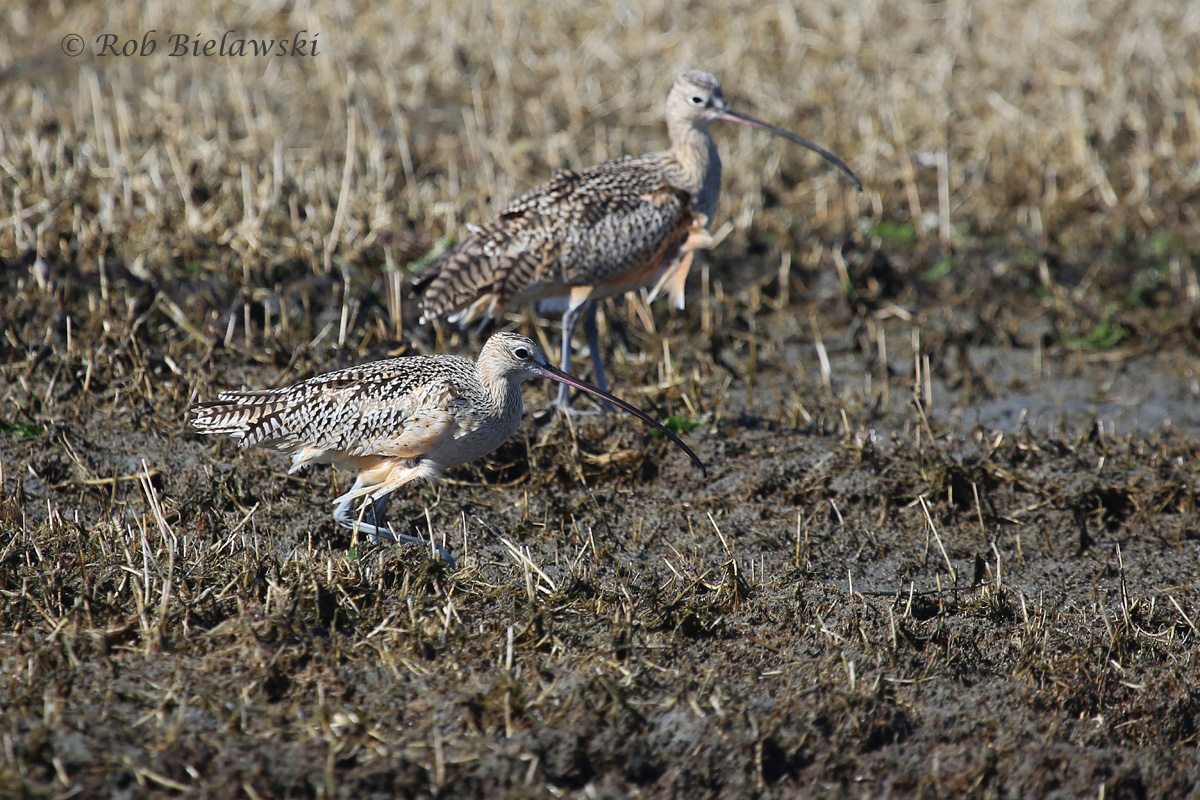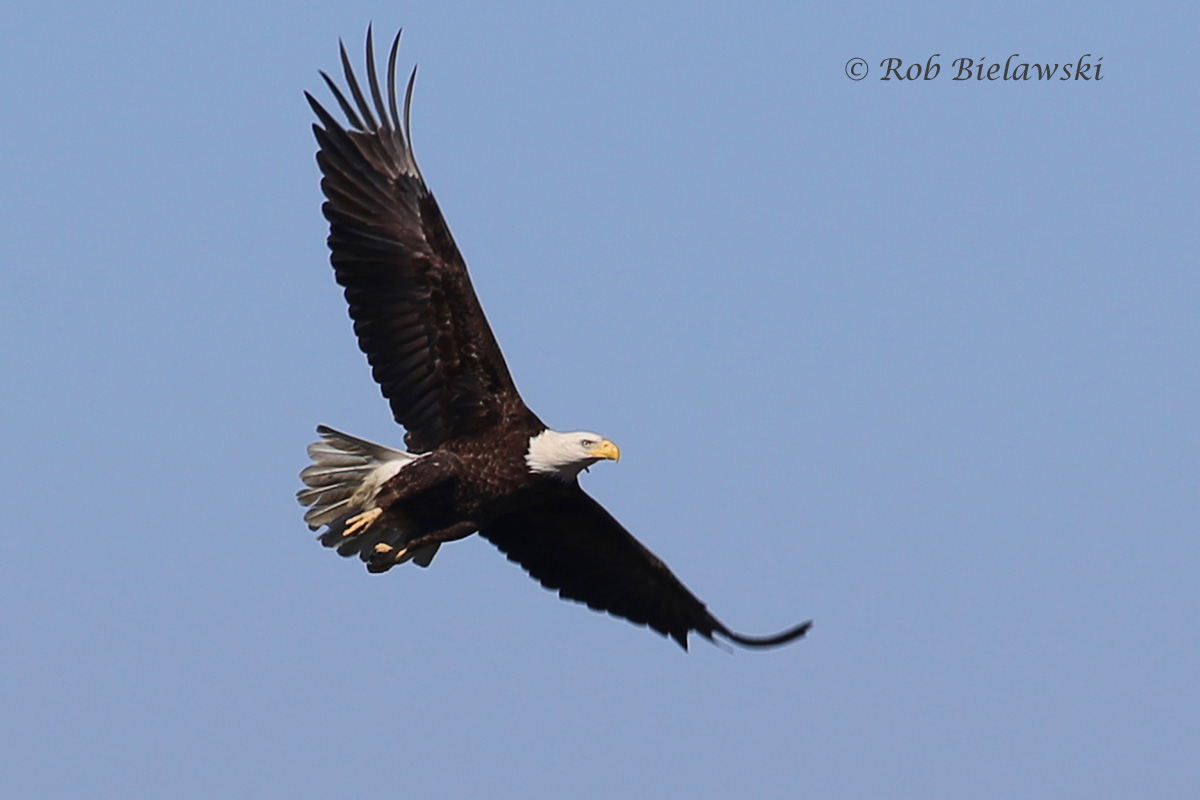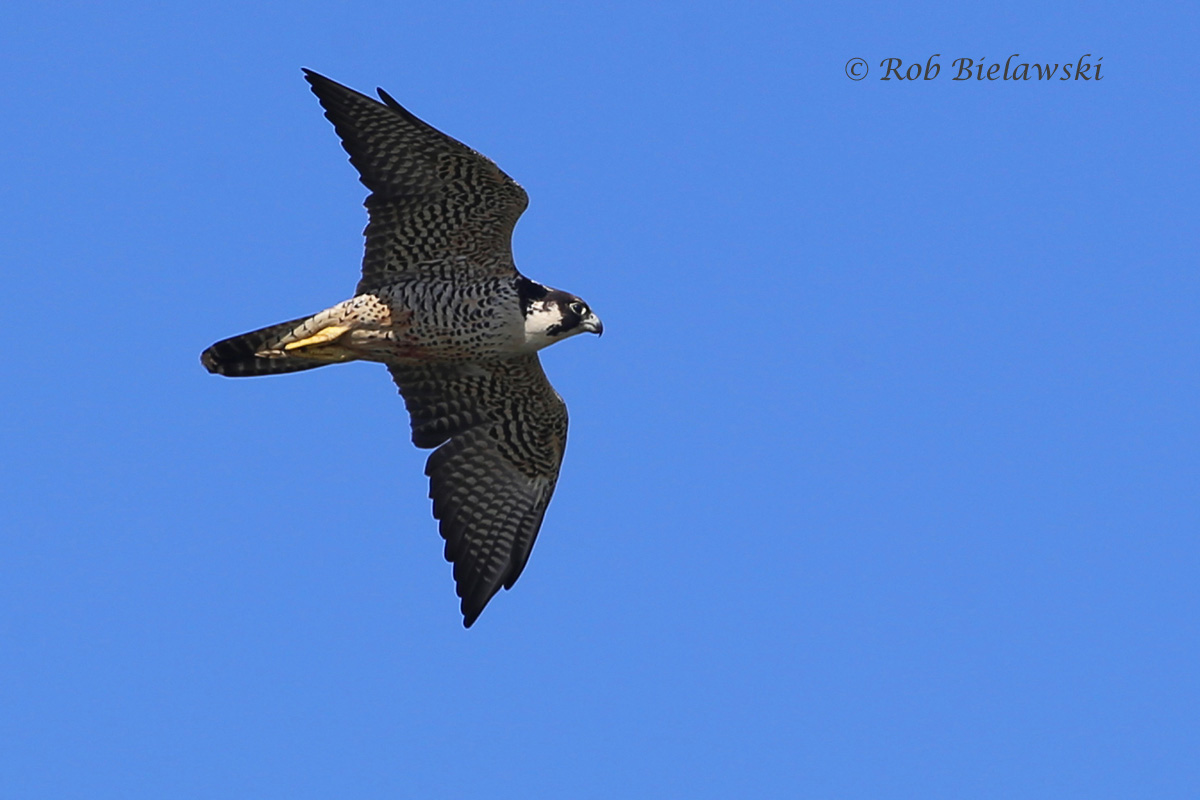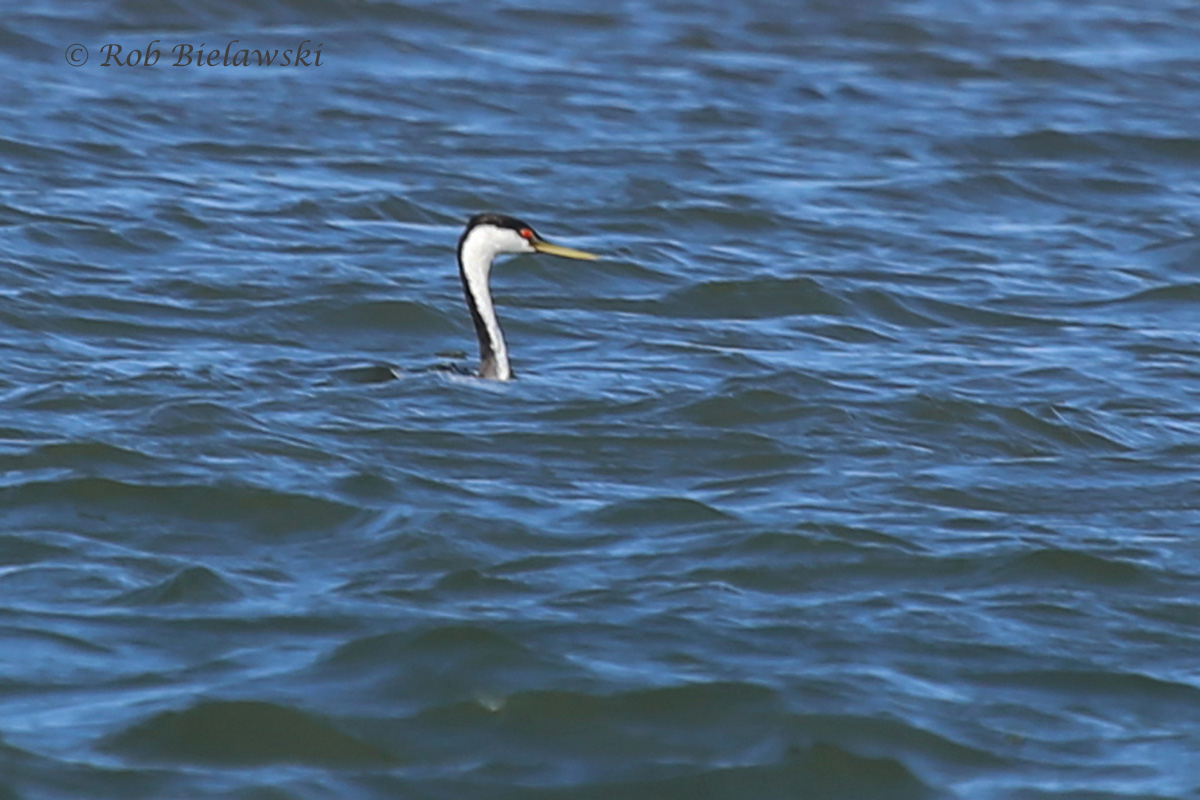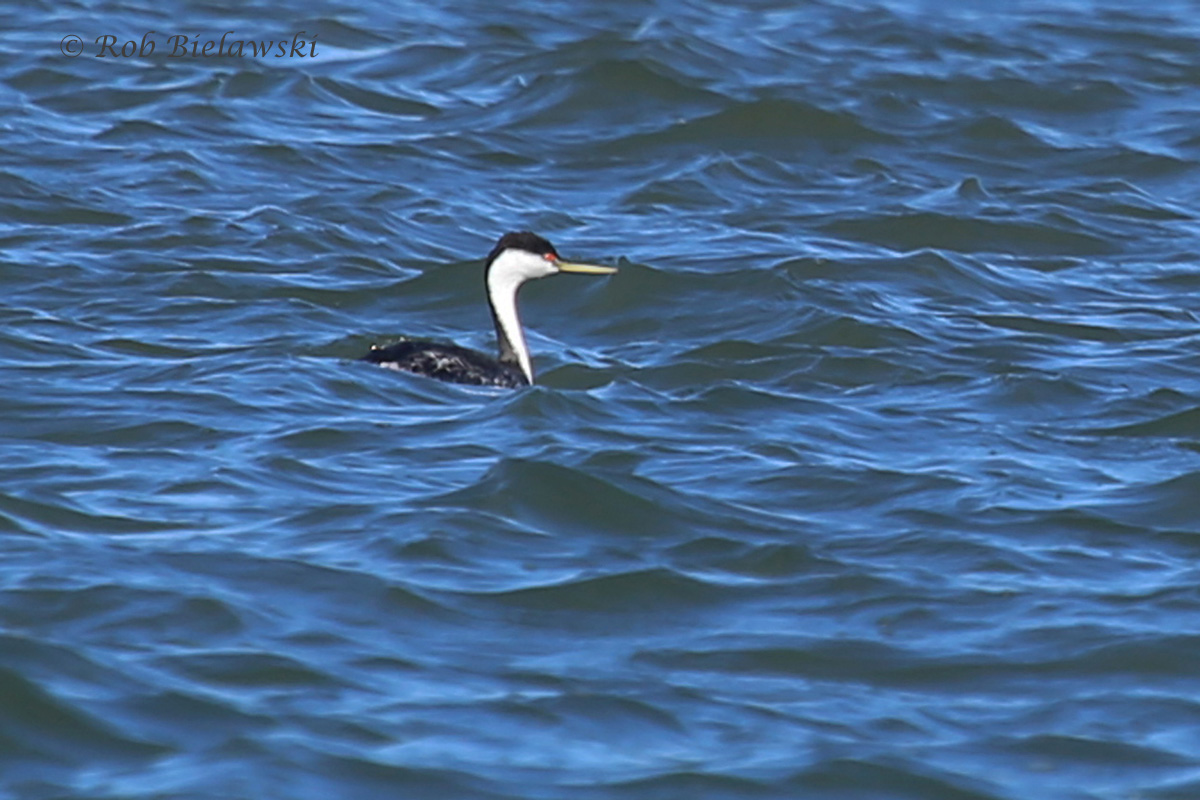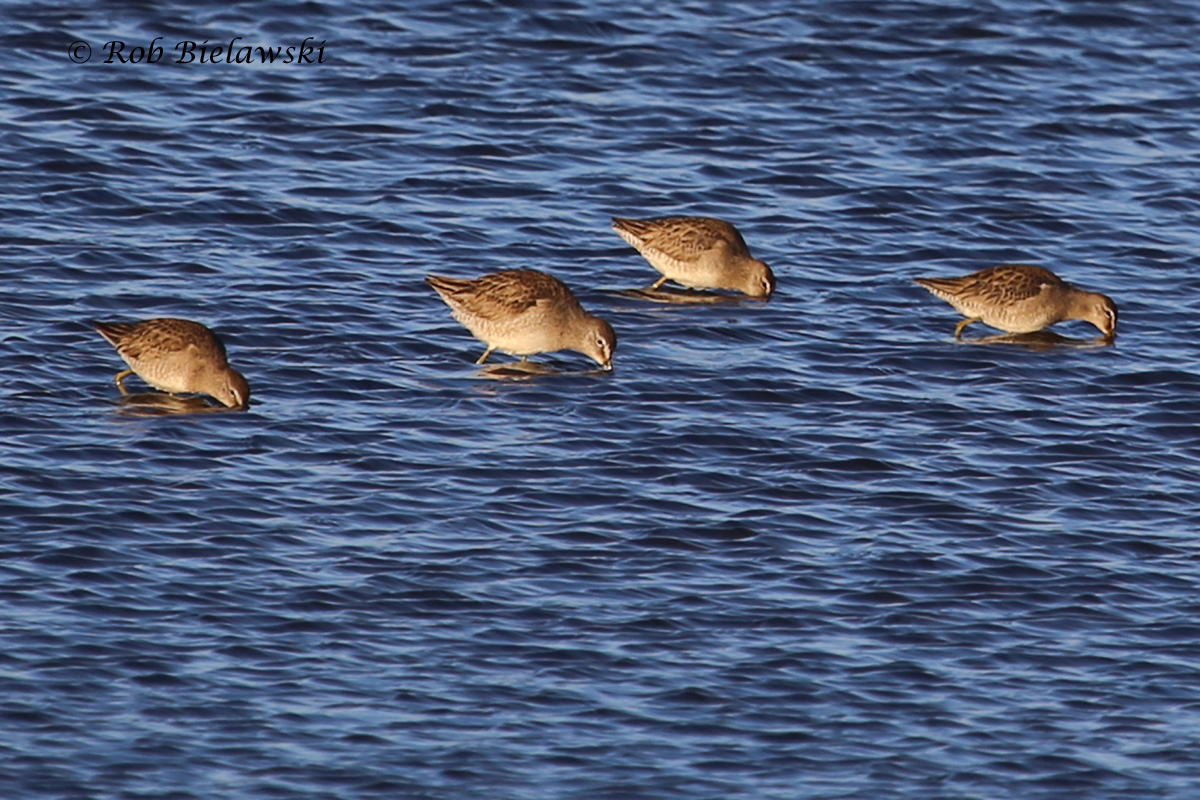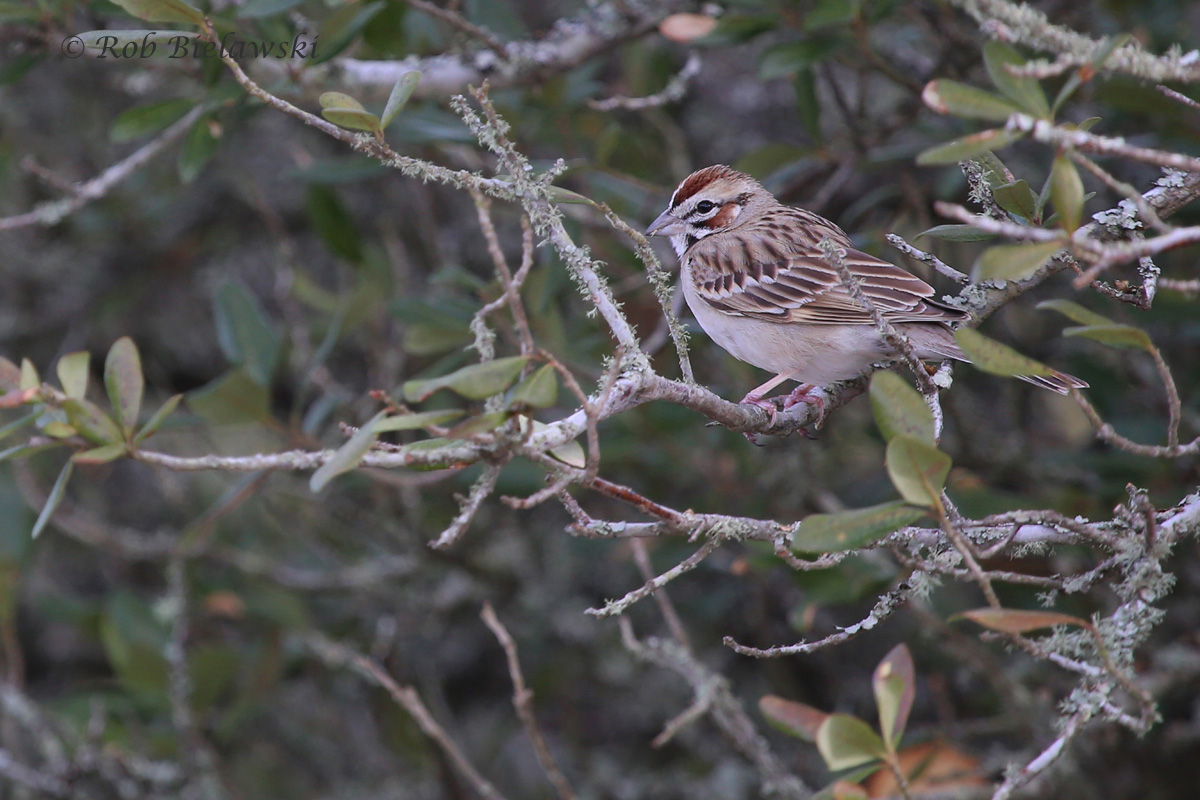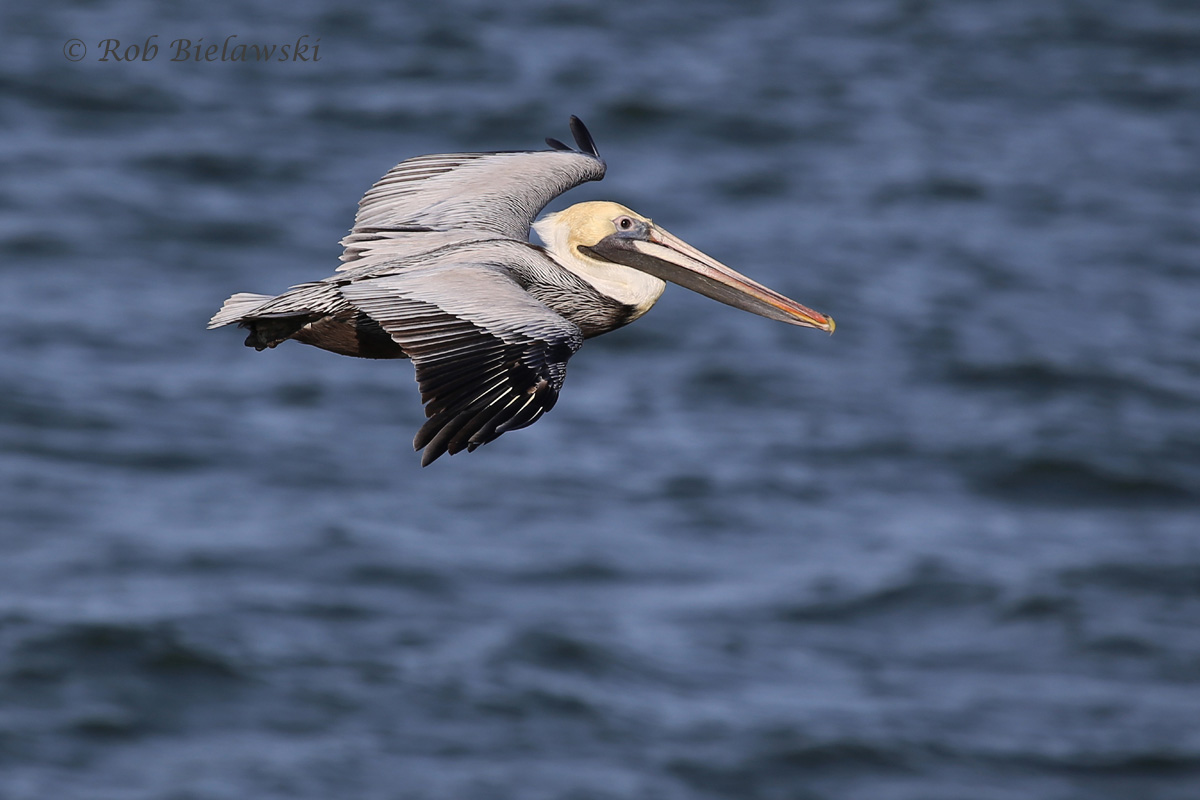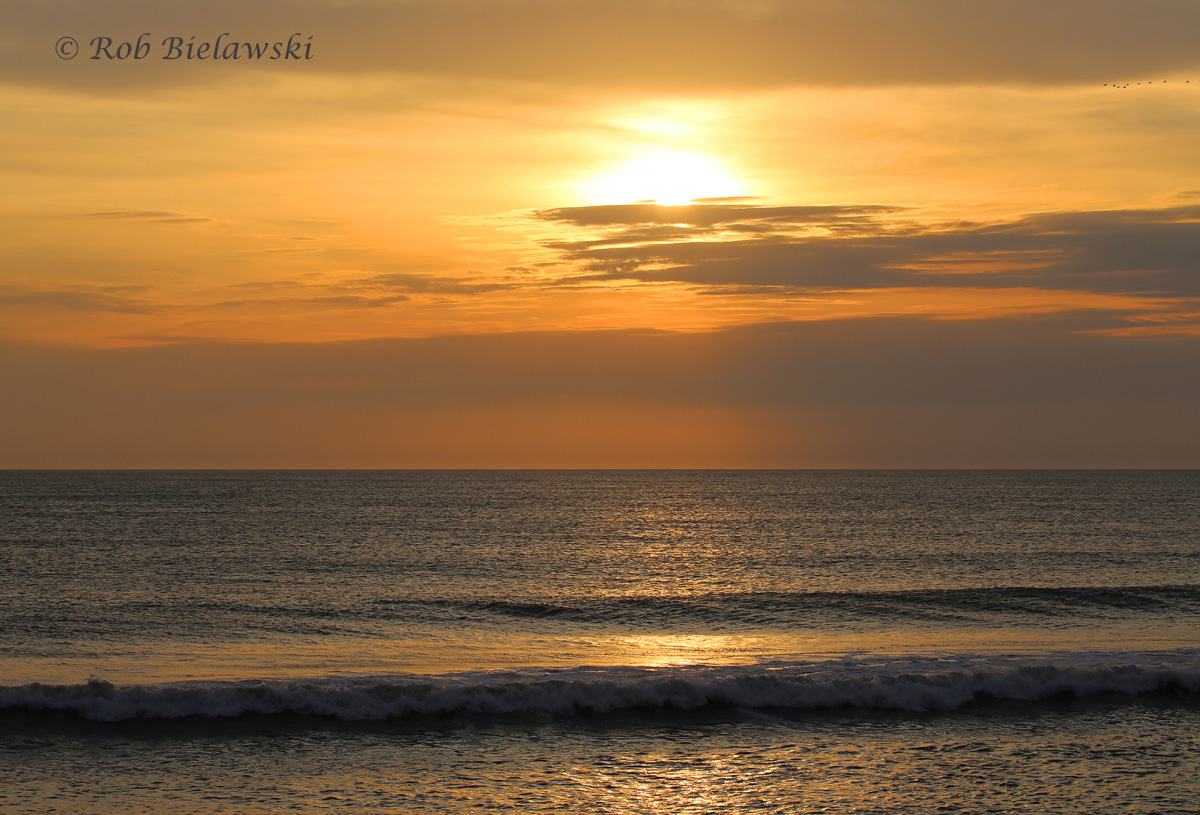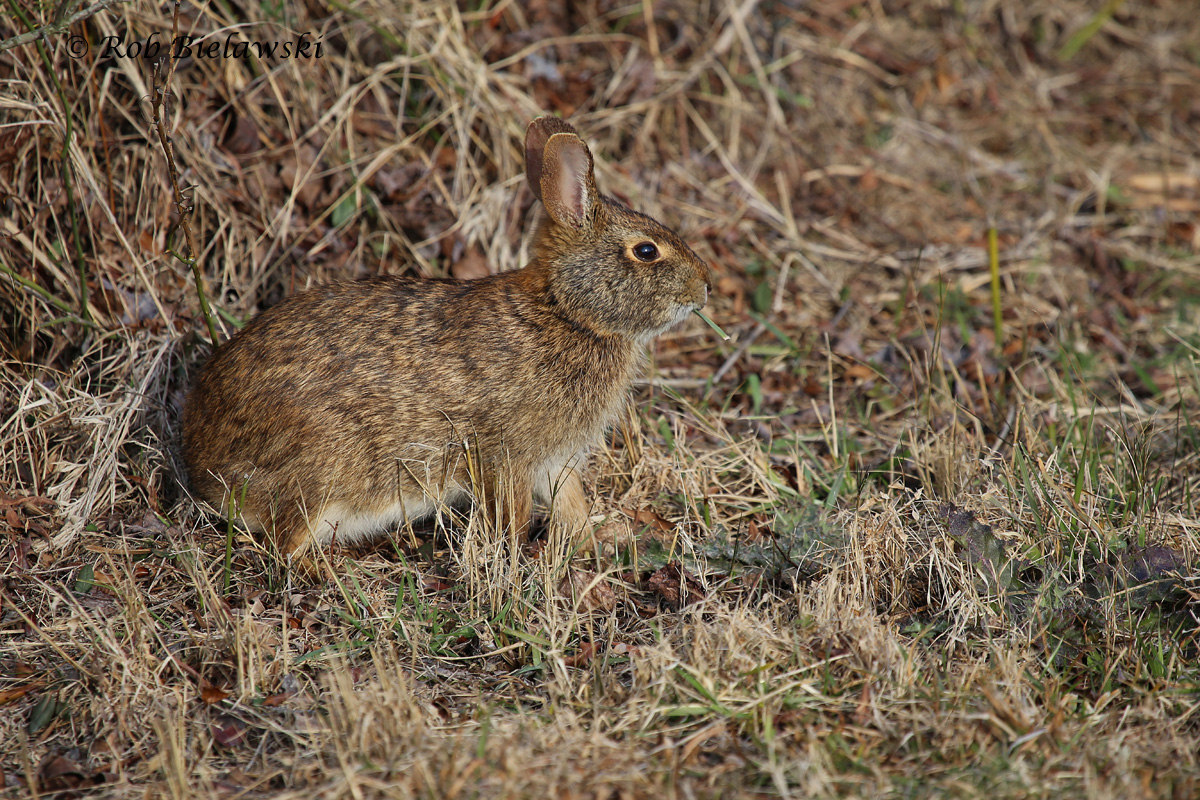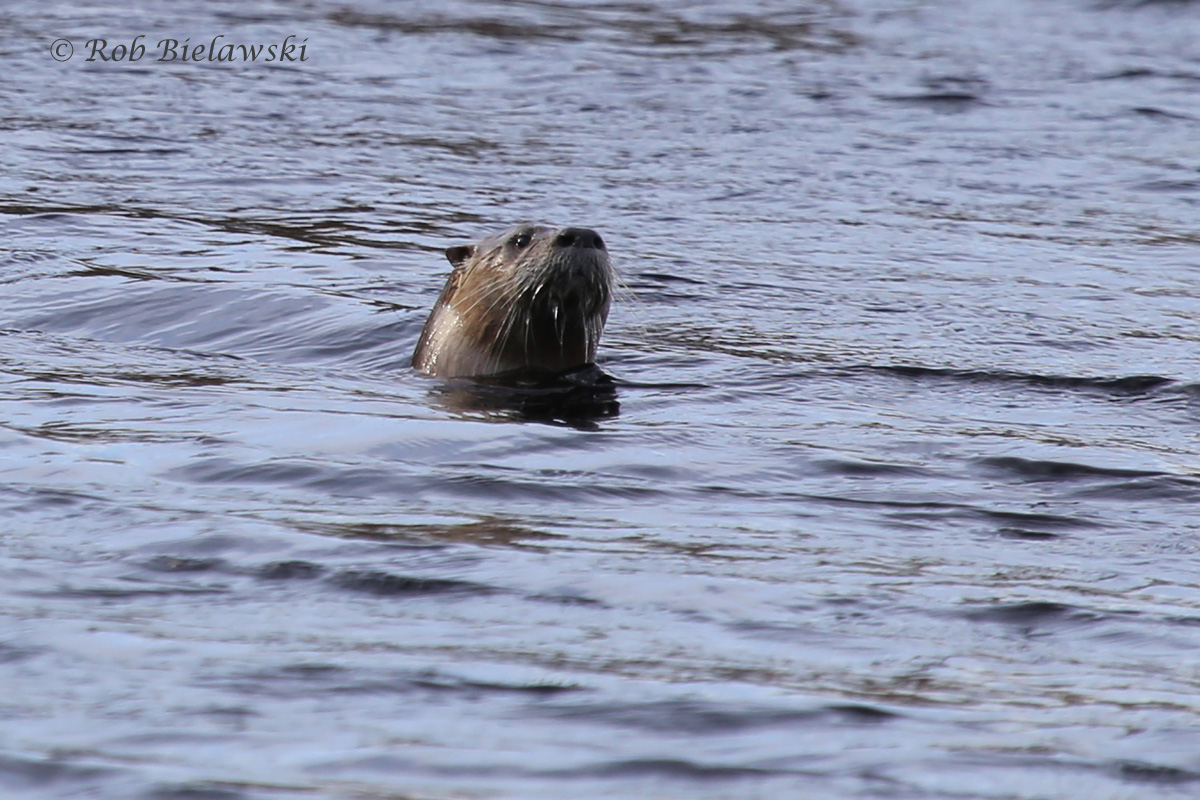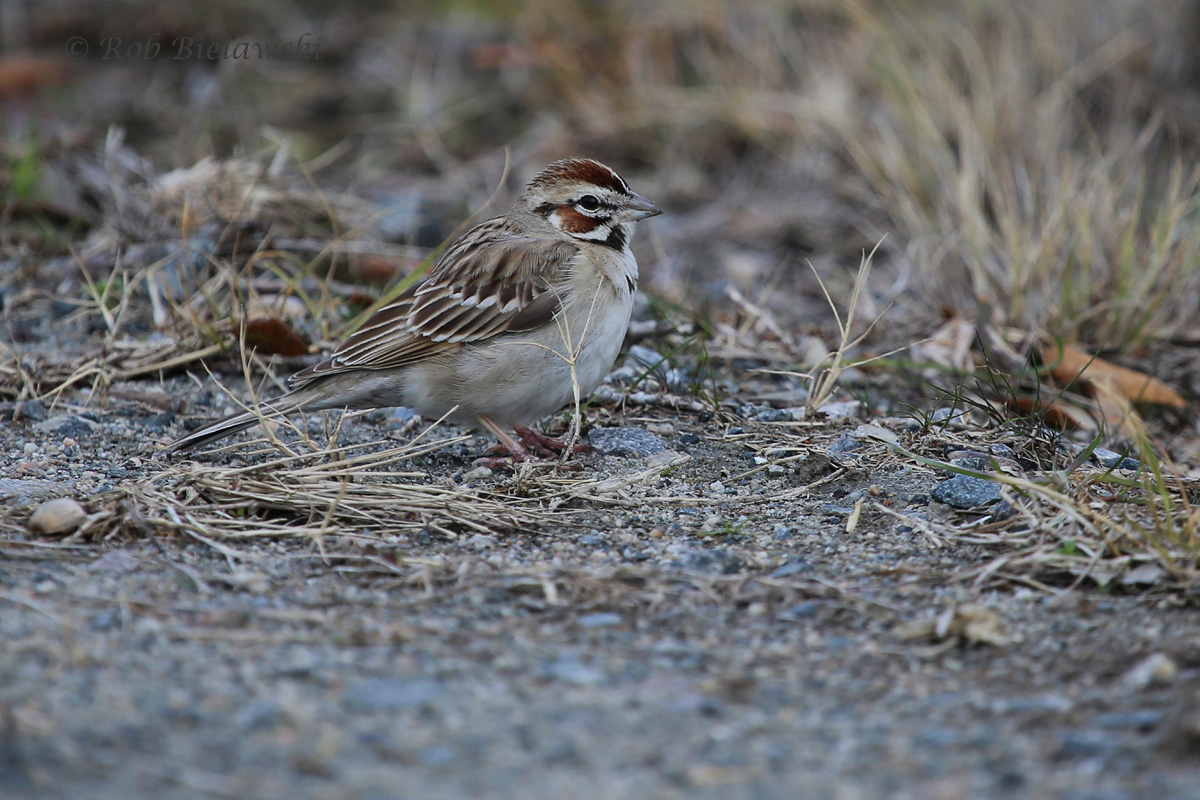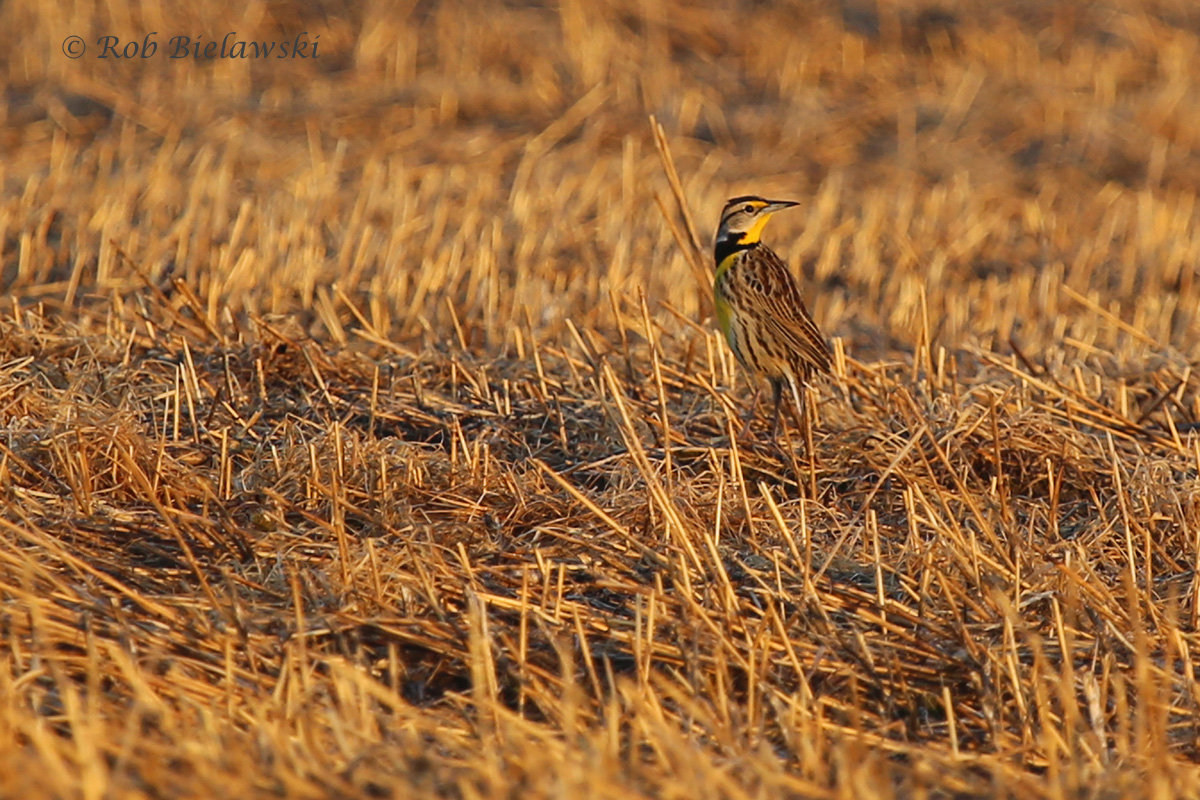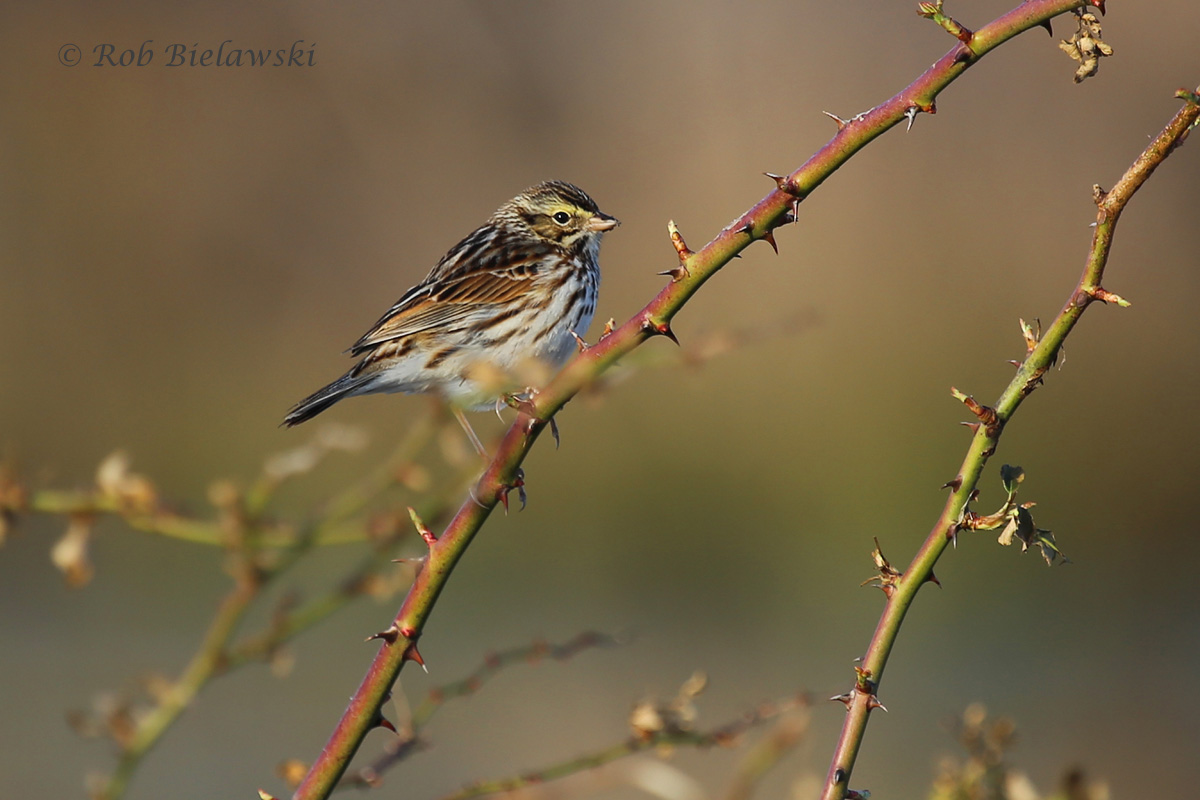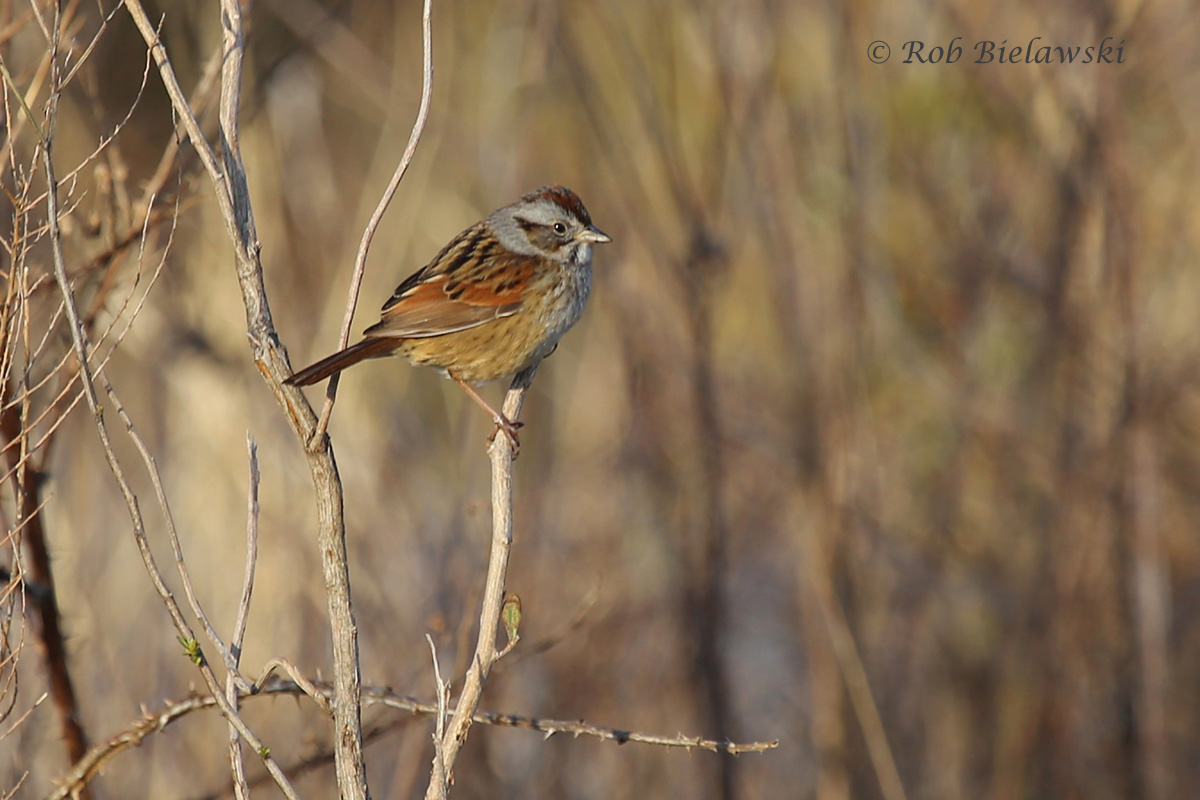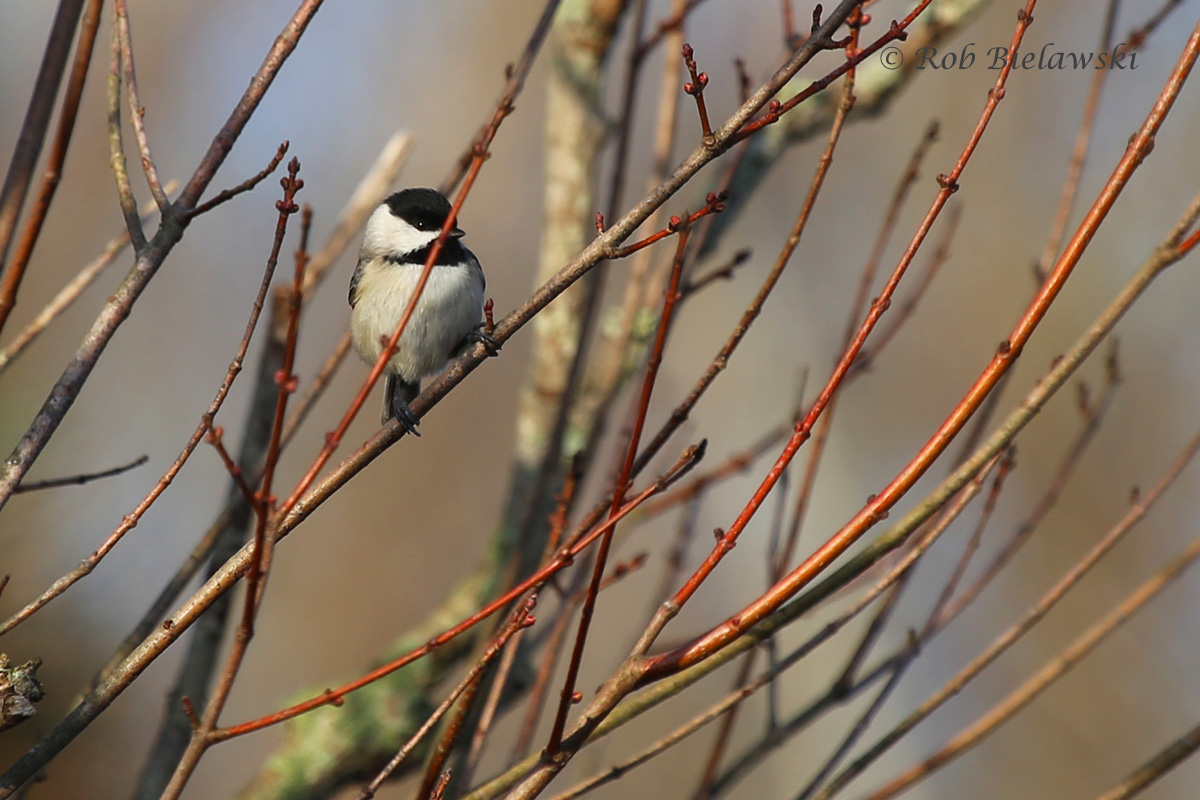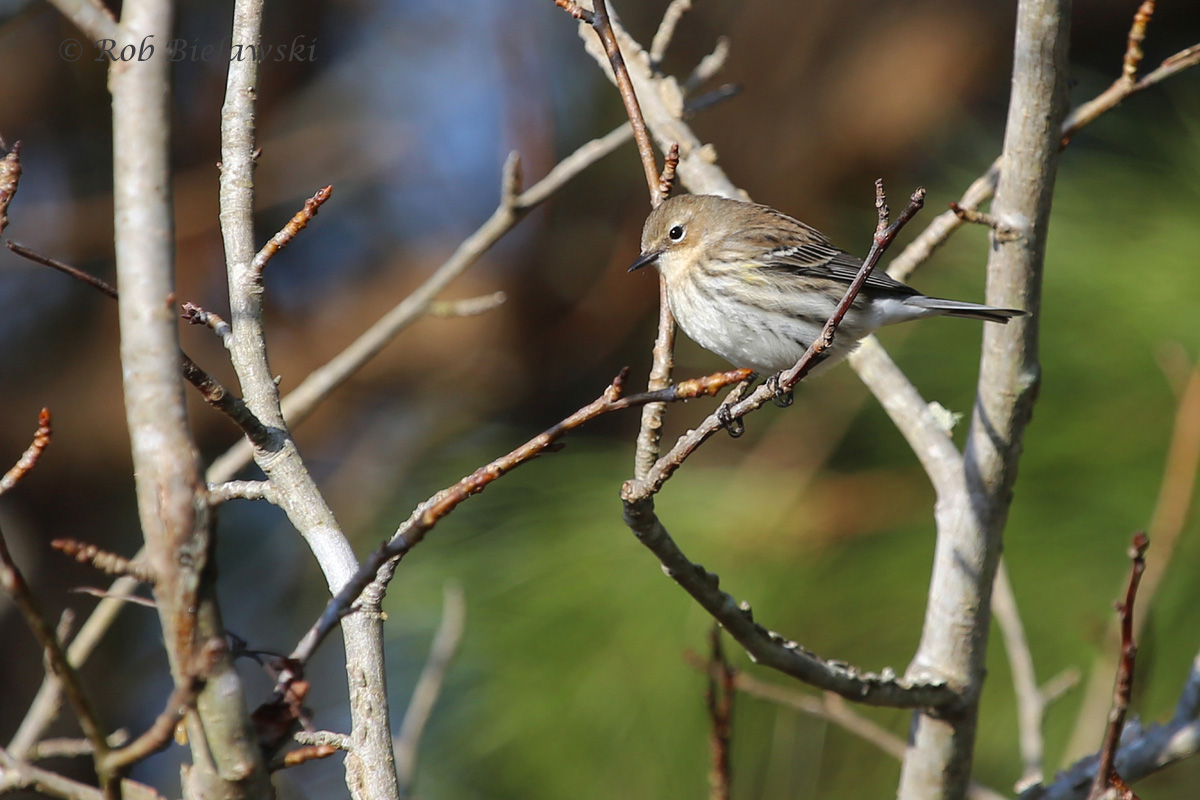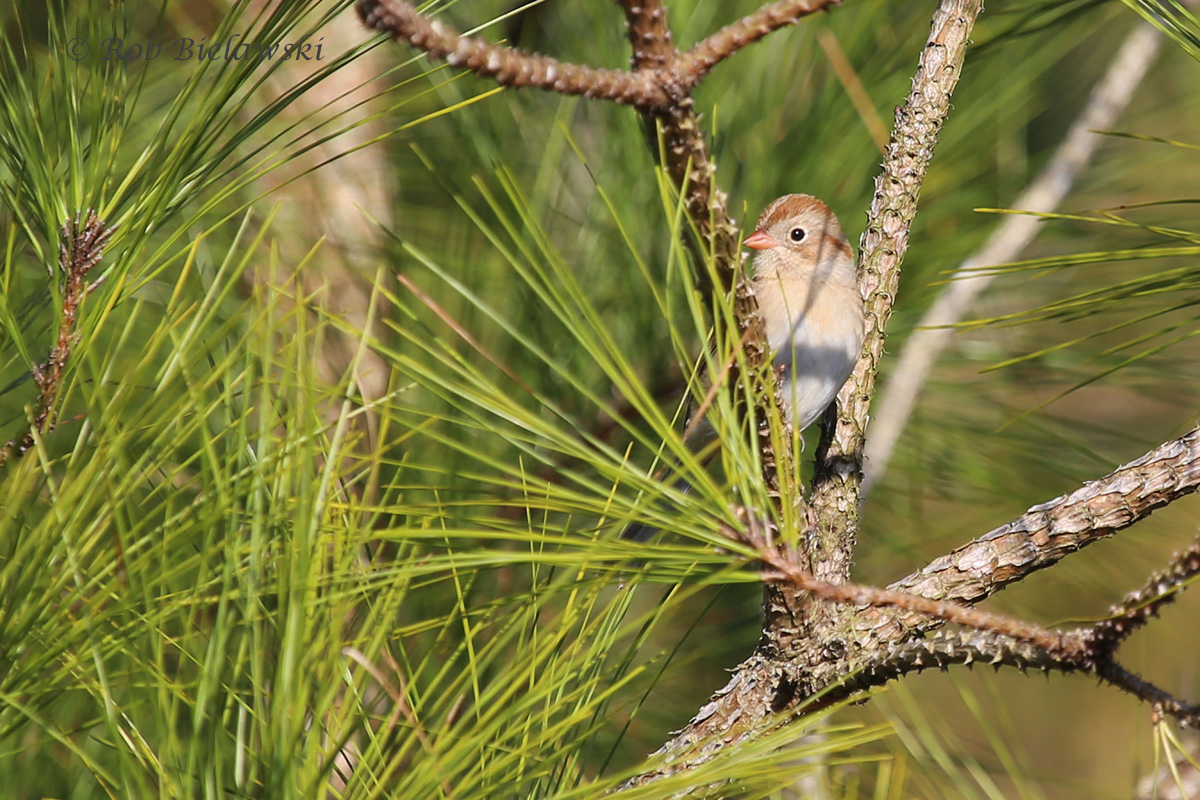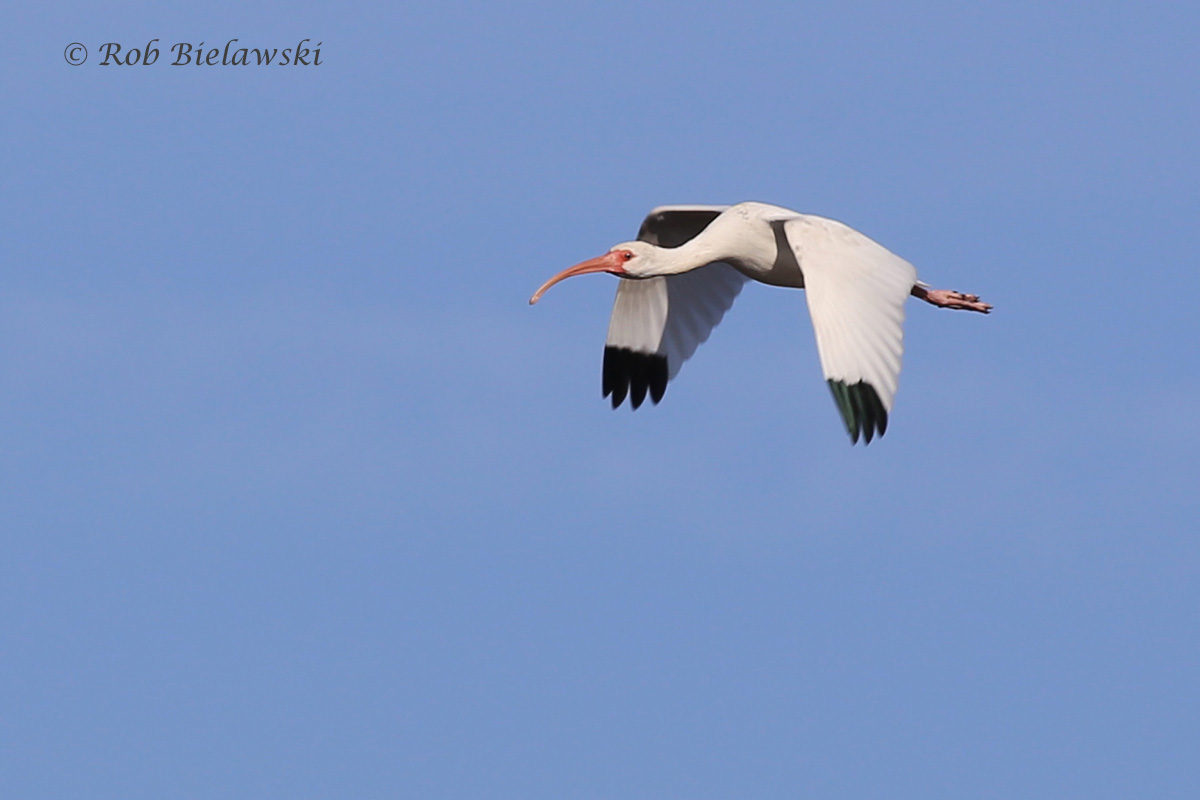Week Ending March 13, 2016
/Springtime; that’ll be the headline for the second week of March 2016! Temperatures this week underwent a massive shift to an average daily high of 77.9 degrees F (an astonishing 20.3 degree rise over last week’s average), and the average daytime lows also increased to 52.7 degrees F (an extreme 11.8 degree rise); 0.56 inches of precipitation accumulated through the Monday through Sunday timeframe, though no real severe weather impacted the region. Incredibly, the week began with most of us having to scrape ice off our vehicles on Monday morning, but the very next day we hit 81 degrees F, and Thursday topped out for a weekly high of 84 degrees! This recalls the saying we recite & hear a lot locally, “if you don’t like the weather, stick around for 15 minutes!” The regional highlight this week was the return of the almost-mythical Lazuli Bunting that was first observed back on 16 Feb 2016 by Brooke Gordon at her private residence in the Shoulder’s Hill area of Suffolk! This individual had been absent since that date, but it was suddenly observed again at the residence on Wednesday (9 Mar) and the homeowner contacted the few individuals who had spent all day on 17 Feb attempting to see the bird. Those fortunate individuals were treated to a successful private viewing window on Saturday before a wider public release of information was placed on Facebook Saturday evening in the VA Notable Bird Sightings & Discussion group. As a result of that public posting a few more folks made the trip to Suffolk with the homeowner’s advance permission on Sunday as well! Perhaps it will continue to stick around, as it seems to be. For those unfamiliar, the reason this is such an important sighting locally, is that this is only the 3rd instance of this species in the state of Virginia overall, and the first in over 40 years! Many of us might never have another chance to observe a member of this species in the state. As for weekly observations local to Virginia Beach, the Bradford Pears have started to blossom already, and with the warm weather, spring seems to be in full effect now (I even saw my first Canada Goose goslings of the year already!). Migrants and rarities put on a good show for observers in the county this week, with highlight birds being the continuing Lark Sparrow, and new observations of Mute Swans and a Eurasian Wigeon drake (Ron Furnish & Marie Mullins) all at Back Bay National Wildlife Refuge over the weekend. The Mute Swans (3) were observed off the tram somewhere in the impoundment system that is currently closed off to the public; this sighting was part of the Hampton Roads Bird Club field trip through the park on Saturday. The Eurasian Wigeon drake was also seen in the seasonally closed impoundments from the tram on Sunday so it seems a great time to hop a ride on this vehicle as neither species can be observed otherwise (unless they stick around until 1 Apr when either the East or West Dike, depending on waterfowl counts, will be opened). The adult Lark Sparrow continues at the same site (now in its sixth week) in the meadow just north of the waterfowl blind and the locked gate to the East Dike; it was seen as recently as Sunday afternoon/evening. A Rose-breasted Grosbeak that has wintered in the area continues to frequent a feeder at the private residence of Tommy Maloney, as recent as Saturday, though we are now nearing migration and this species is becoming less ‘unexpected’ as time progresses. It has been neat to track the bird all winter though via eBird, as wintering individuals of this species are pretty well unheard of here. During the week, spring arrivals of Tricolored Heron, Royal Tern, Glossy Ibis and Mute Swan (all Hampton Roads Bird Club) were all noted in Virginia Beach. I imagine in the next week we will see Purple Martins and maybe even some Blue-gray Gnatcatchers given spring has come a bit early this year!












Starting on Friday with my typical post-work outing to the first island of the Chesapeake Bay Bridge-Tunnel, I was excited to pick up a first-of-year Eastern Phoebe on the rocks, and to observe an American Oystercatcher in close, but the birds I was targeting (waterfowl) were basically non-existent on the island. It has been a tough winter for waterfowl here given that there just hasn’t been enough snow, ice & bad weather to our north to push many species into our area. Birds like Common Goldeneye, Canvasback, Common Merganser and Harlequin Duck appear to be misses for me in the county this year unless some show up late in the fall since each is becoming increasingly less likely as springtime weather takes hold. On Saturday, I enjoyed a bird-filled 6 mile hike through First Landing State Park, finally finding my first Ruby-crowned Kinglet and Yellow-bellied Sapsuckers of the year, and a bonus of a dozen Pine Siskins (another new year-bird). It was actually the “birdiest” I have ever seen the park and I finished the walk with 45 total species seen and/or heard. A lovely Winter Wren was singing off the Cape Henry Trail and Pine Warblers were heard all across the park. With Daylight Savings Time having started on Sunday morning, it felt a bit off to be up at the same time as Saturday, but able to reach my destination well before sunrise. I spent the early morning hours at Back Bay NWR searching for the remaining waterfowl species I’ve missed this year, and the Mute Swans that had been reported on the HRBC outing Saturday. I couldn’t locate the Mute Swans, but I did get another opportunity to observe and photograph the Lark Sparrow near the waterfowl blind that has been present for over a month now. I also had a fly-by of the first Tricolored Heron of the year to be logged into eBird for Virginia Beach, making it another new year-bird for me by default. I checked out the beach briefly, hoping to get a Royal Tern since they should be arriving soon, but no luck there unfortunately. Large numbers of Red-throated Loons and Red-breasted Mergansers were moving northward offshore at maximum binocular range (not visible without binocs) so surely the birds realize spring has arrived. After Back Bay, I took a trip to Princess Anne Wildlife Management Area’s Whitehurst Tract since Sunday is the only open day until May (See Here for access information). My hope was that I might pick up Glossy Ibis or Blue-winged Teal at the park, and I hit 50% of the targets as 3 Blue-winged Teal erupted off the southern impoundments. I’d scanned through large numbers of other species but missed them on the water. Waterfowl counts were actually the best I’ve seen this year at the park, with Northern Shoveler, Mallard, American Wigeon, Green-winged Teal, and Hooded Merganser all being present in the southern half of the park. Glossy Ibis were missed, but it shouldn’t be long before they too arrive at the impoundments. In the afternoon, my wife & I made the trip out to Suffolk to see the Lazuli Bunting, arriving about 2:15 PM at the private residence where it has been observed since Wednesday. It took a little while, and after a Cooper’s Hawk flew through, I lost a bit of hope, but the beautiful blue and orange bunting showed up at 3:40 PM and allowed some great binocular views for Ruth & I, as well as a few distant but ‘good enough’ photographs (see slideshow above, click each photograph to advance to the next one). It turned into a great weekend, and with the sun now staying up until 7 PM or so, I can finally resume my post-work walks at area parks so I am no longer limited to just Friday evening jaunts up to the CBBT first island. Migrants should be pouring in pretty soon to the region, so I will greatly look forward to seeing what shows up in eBird in the coming weeks; spring has officially arrived!
